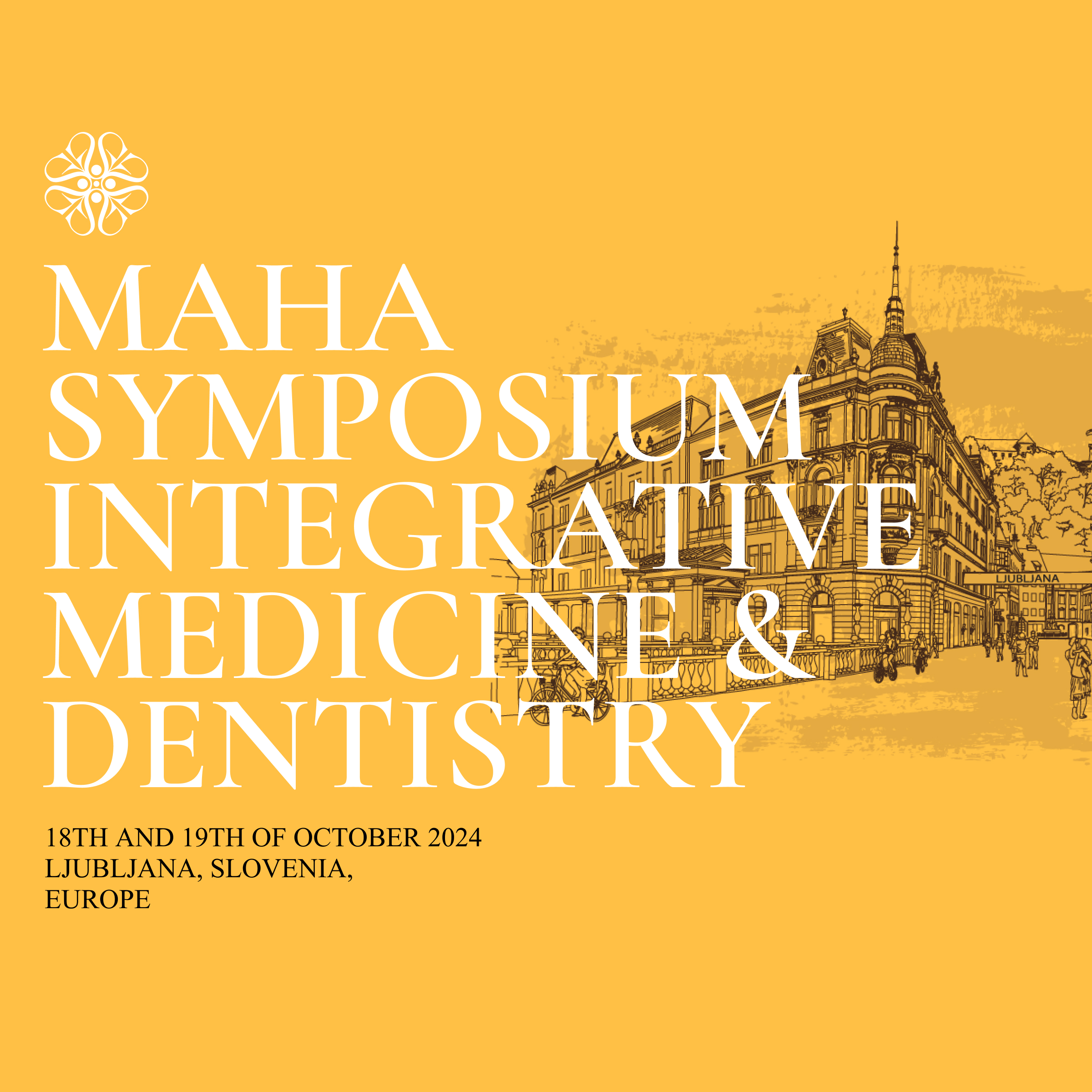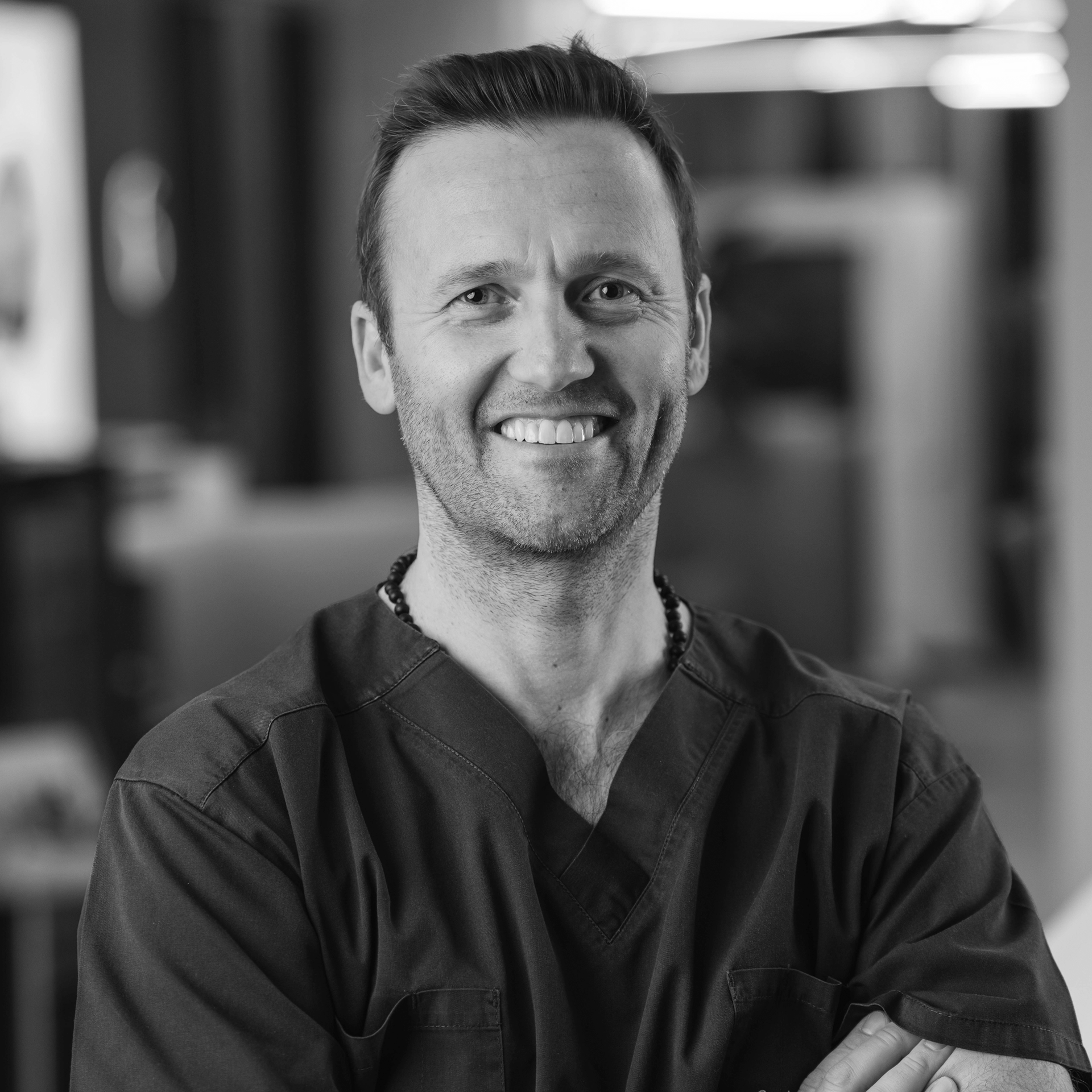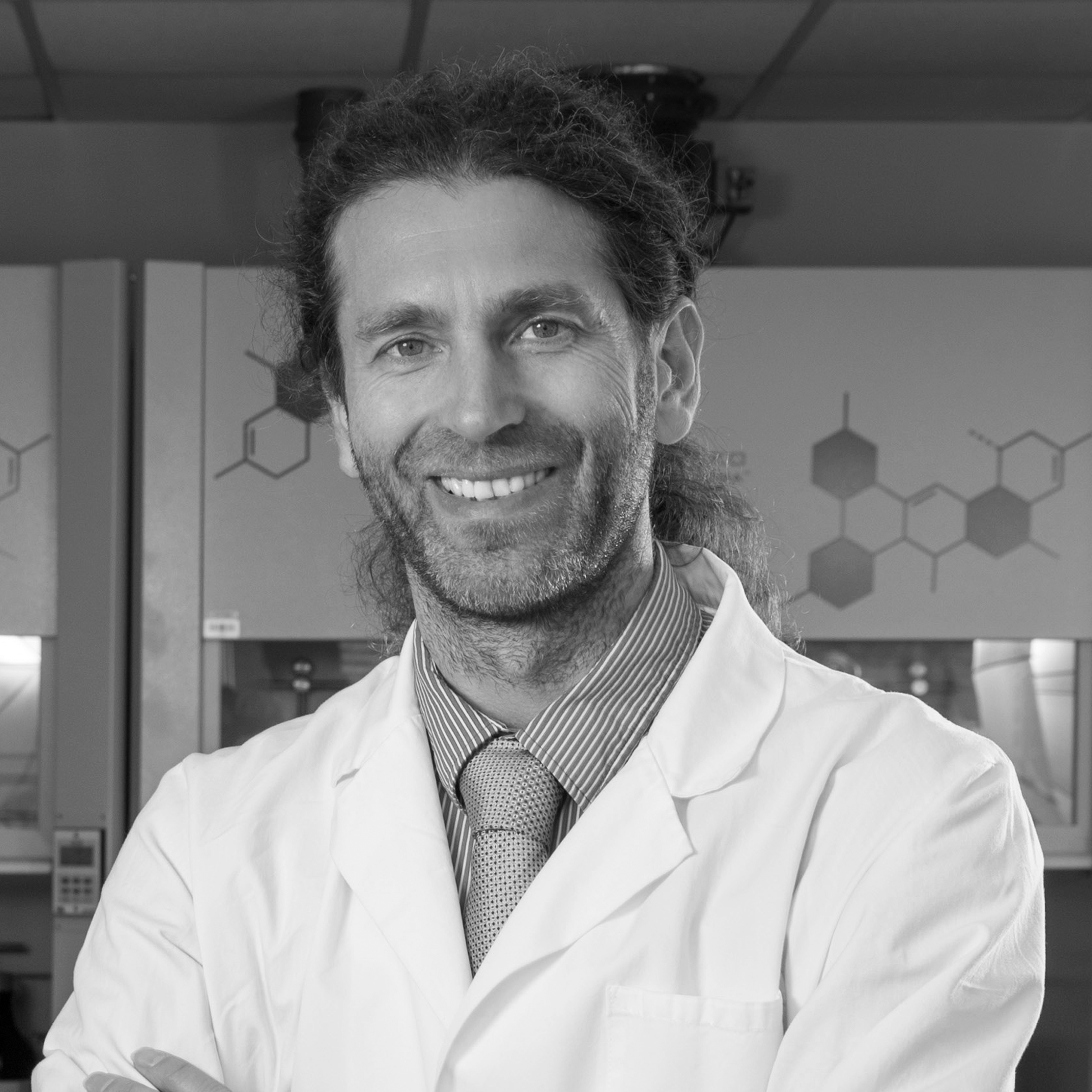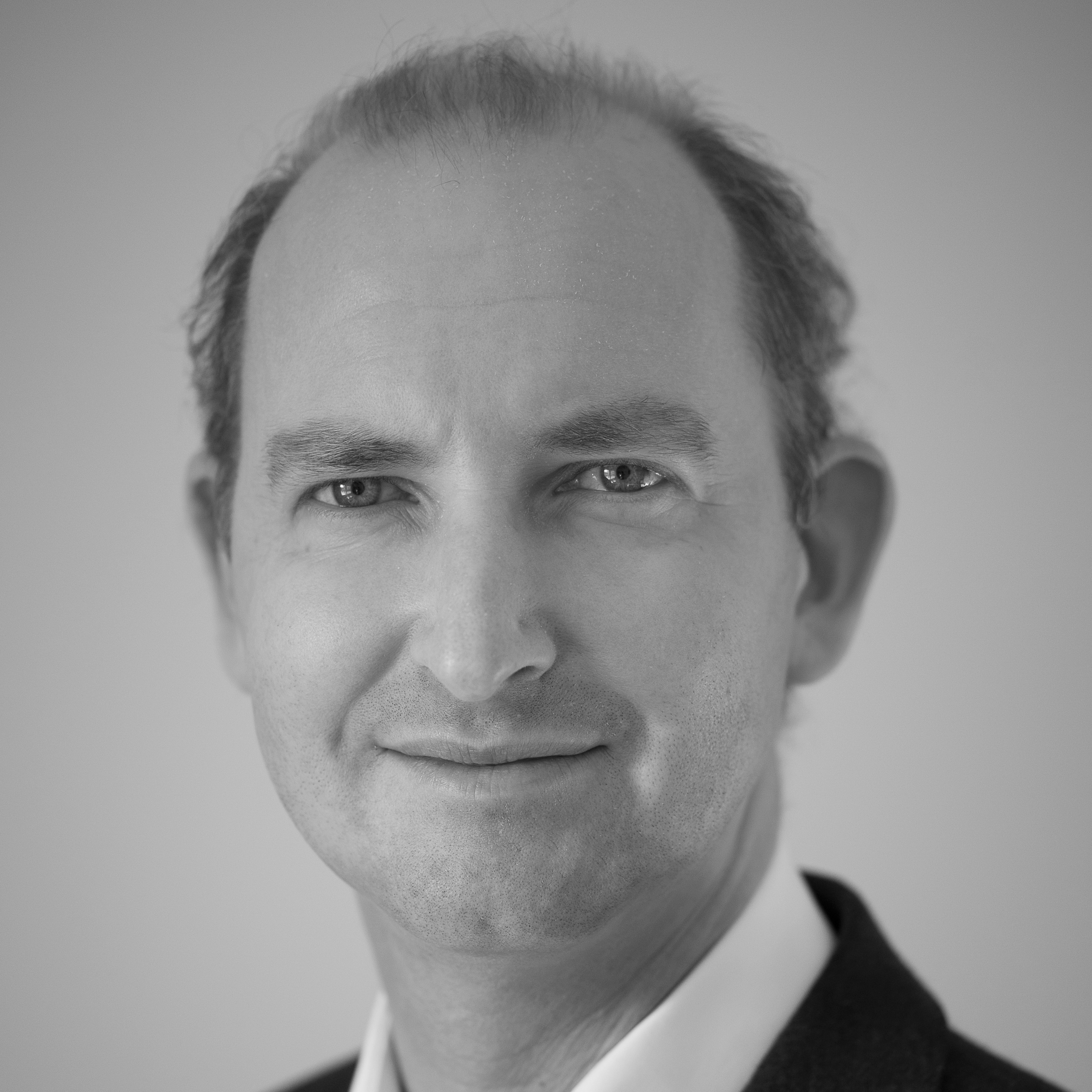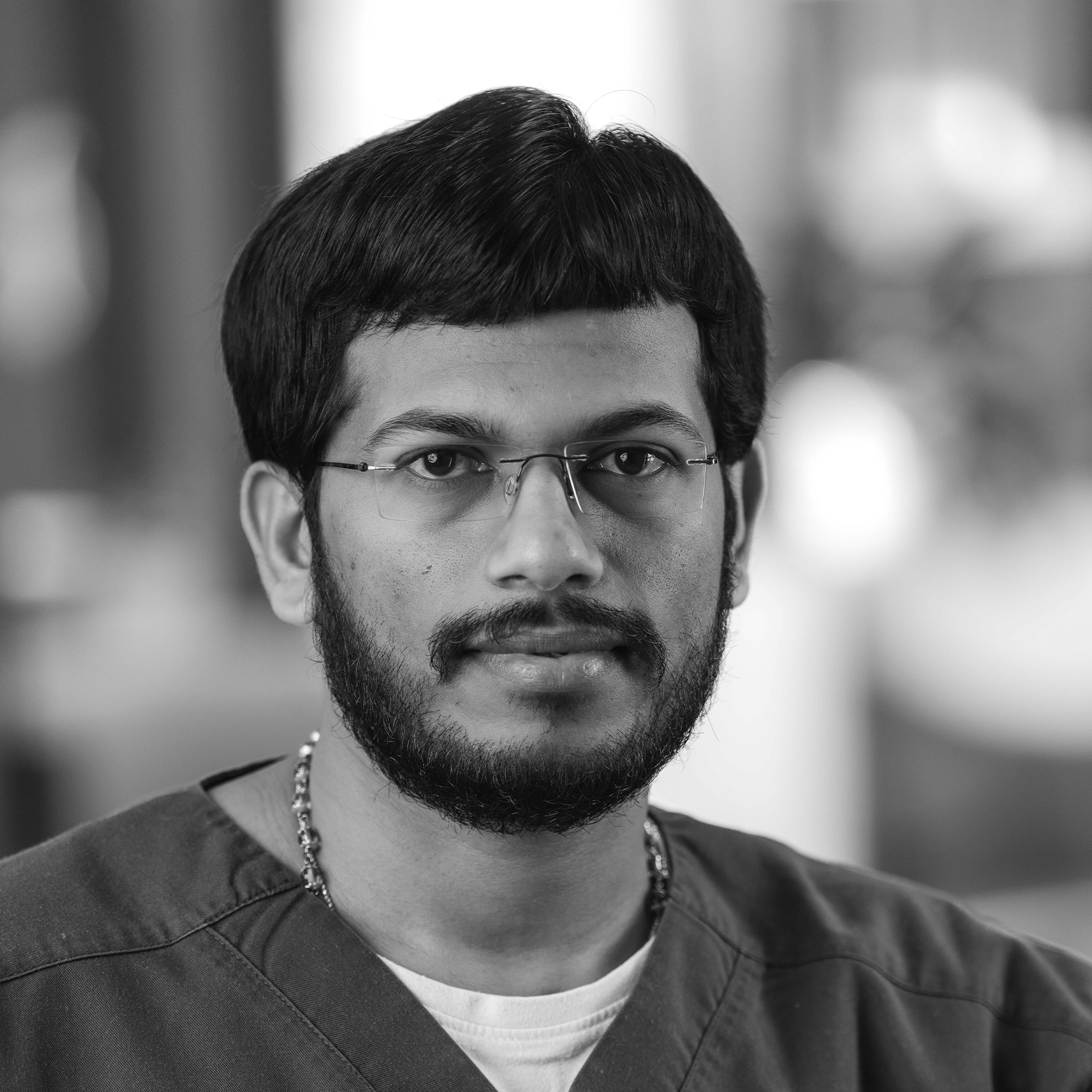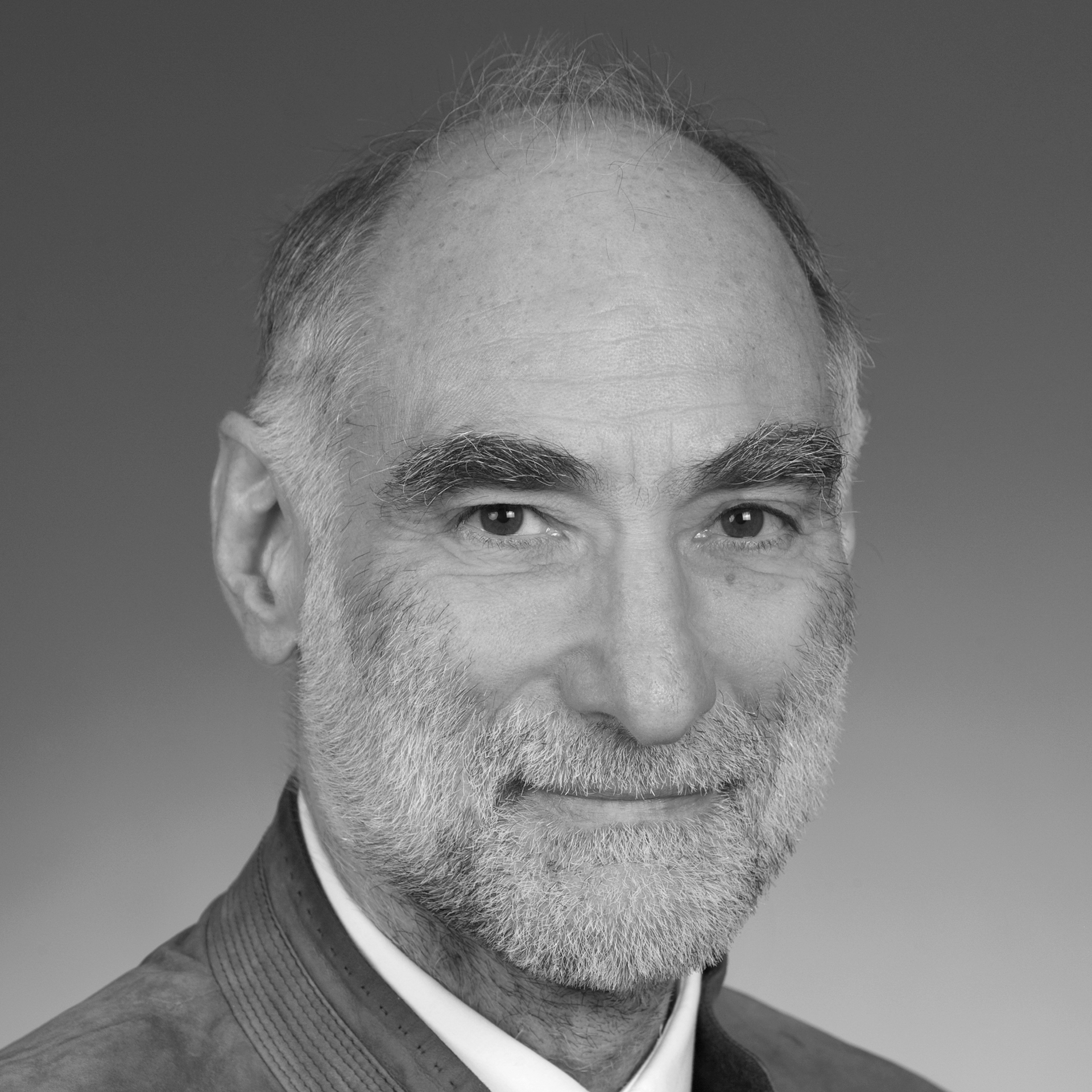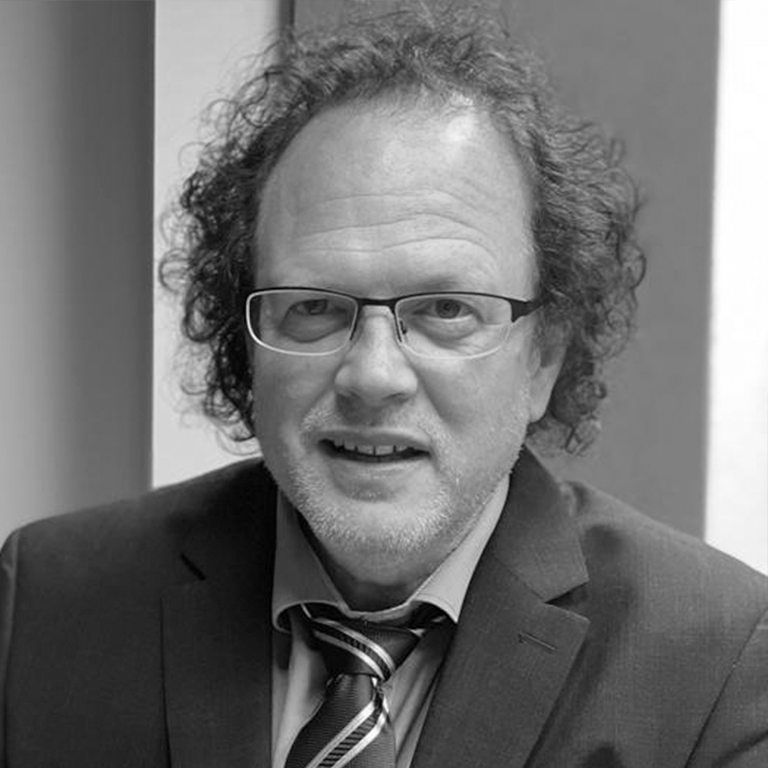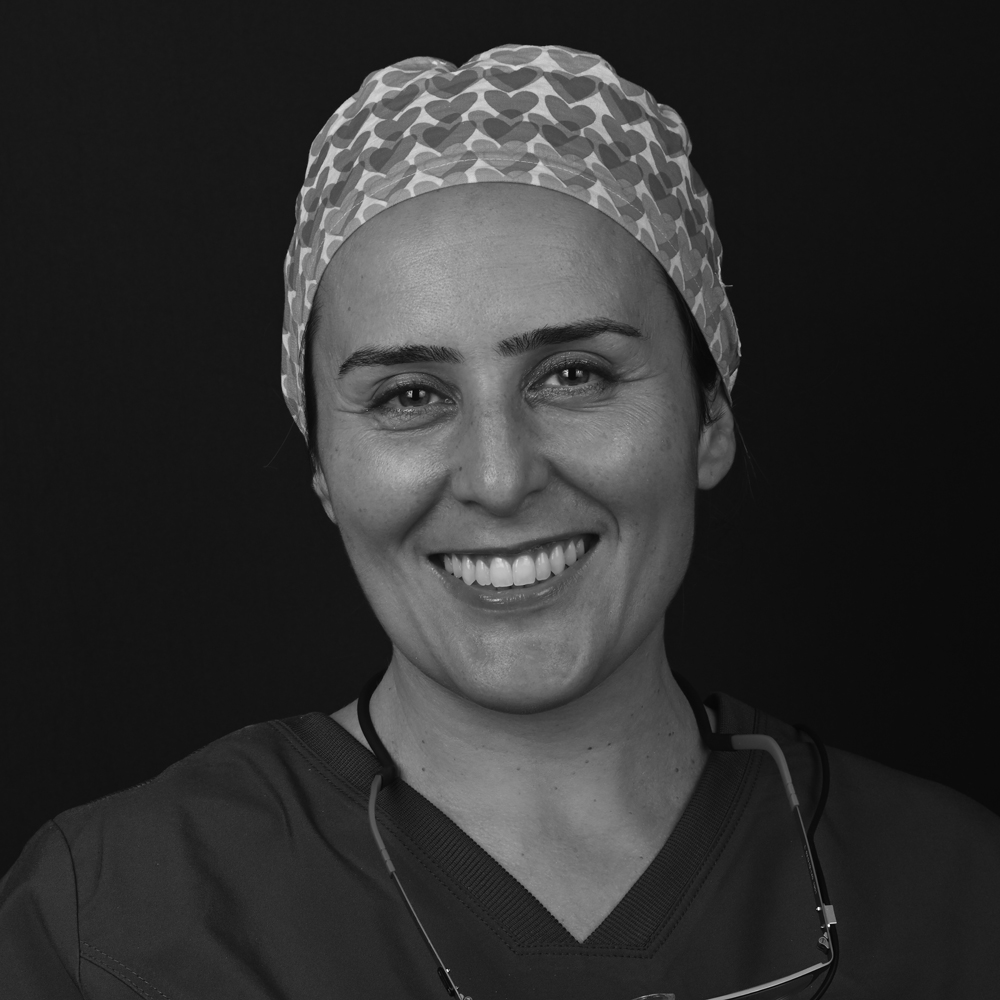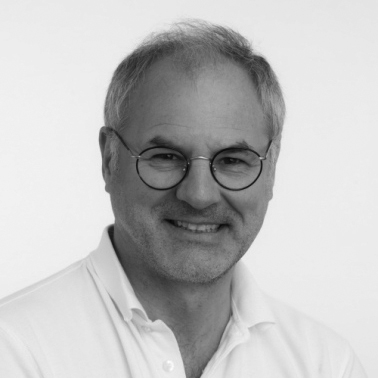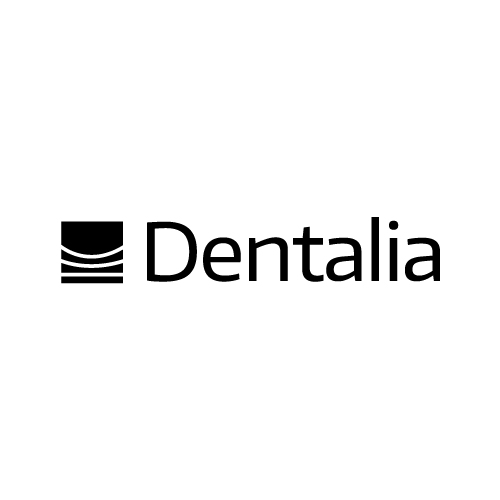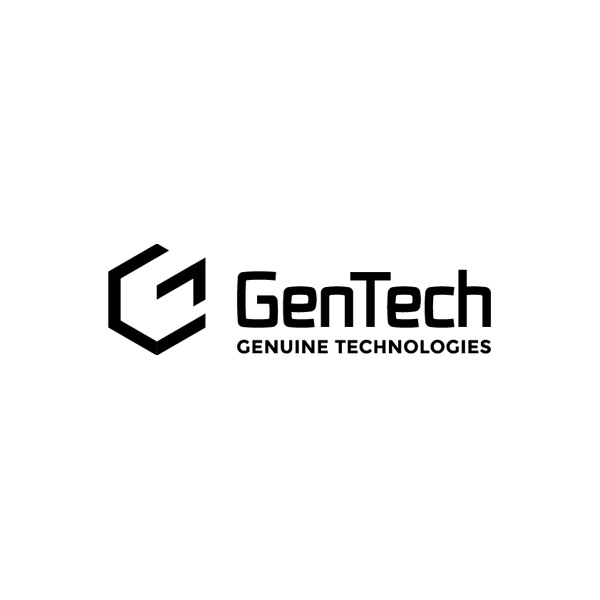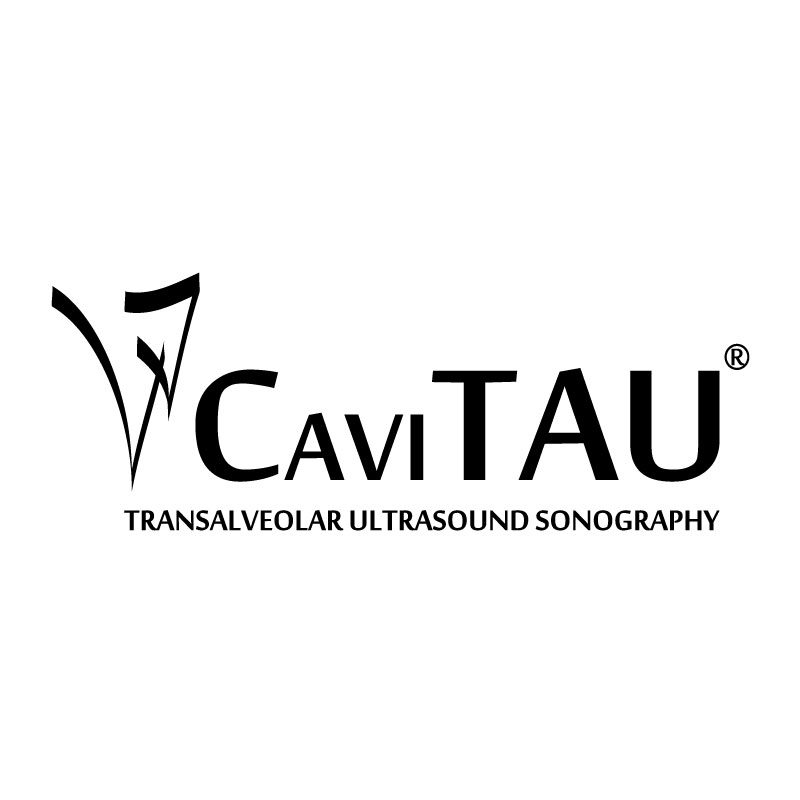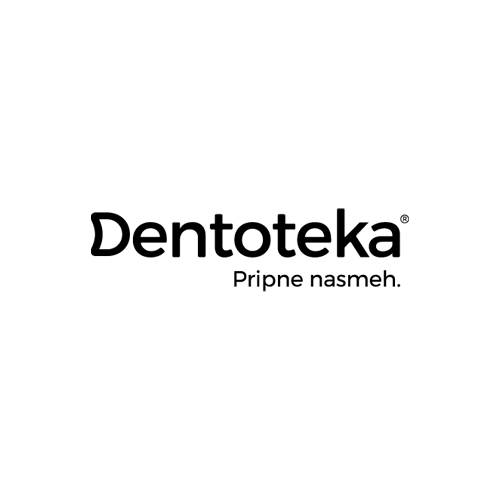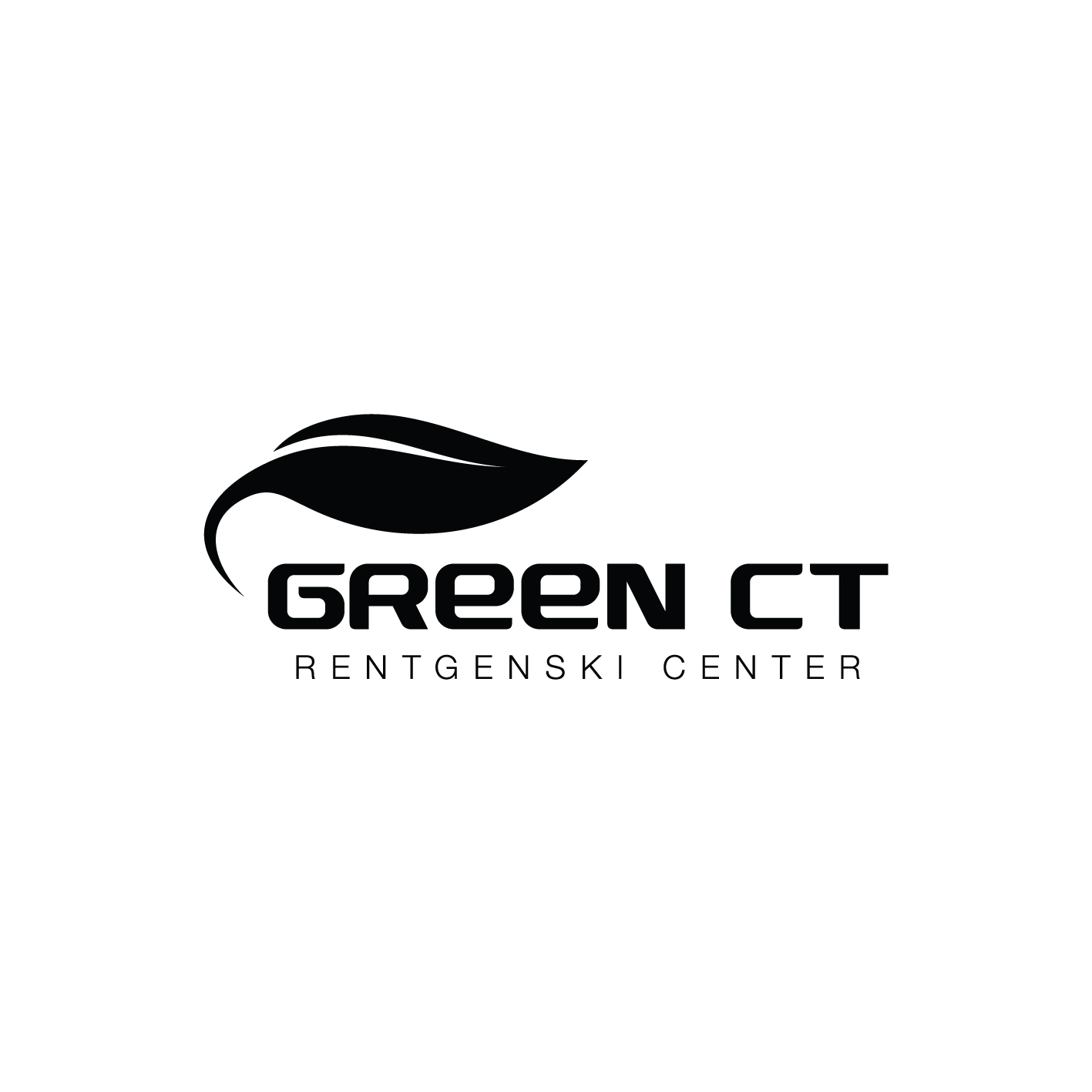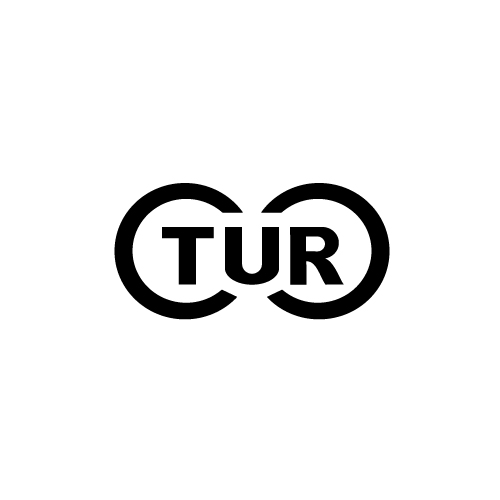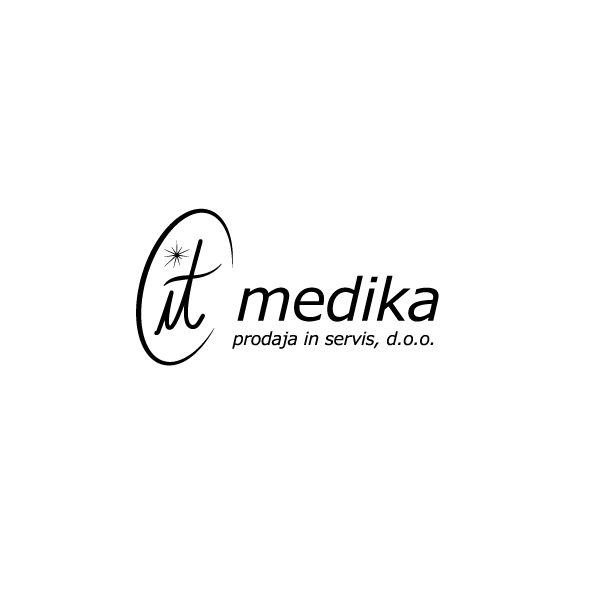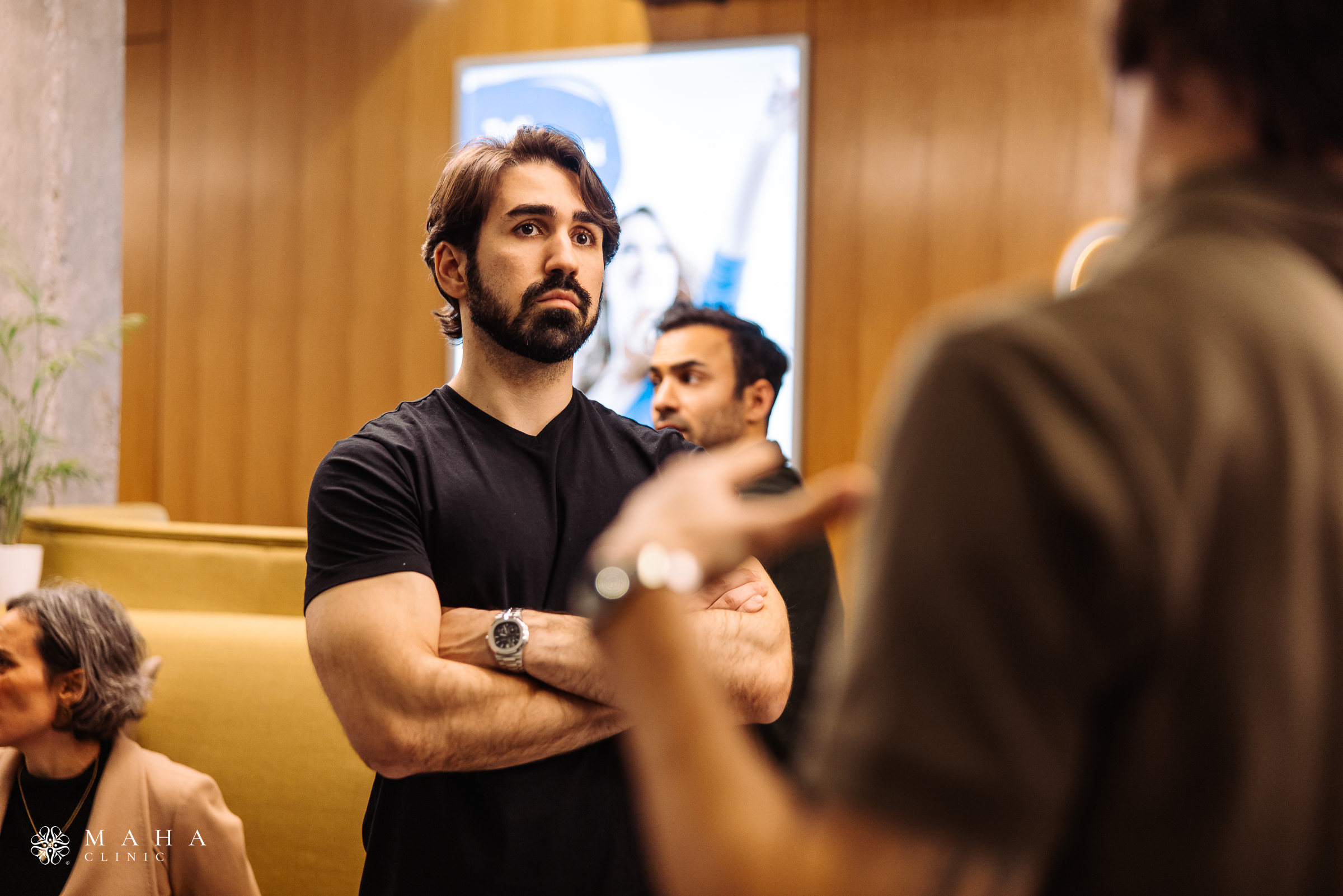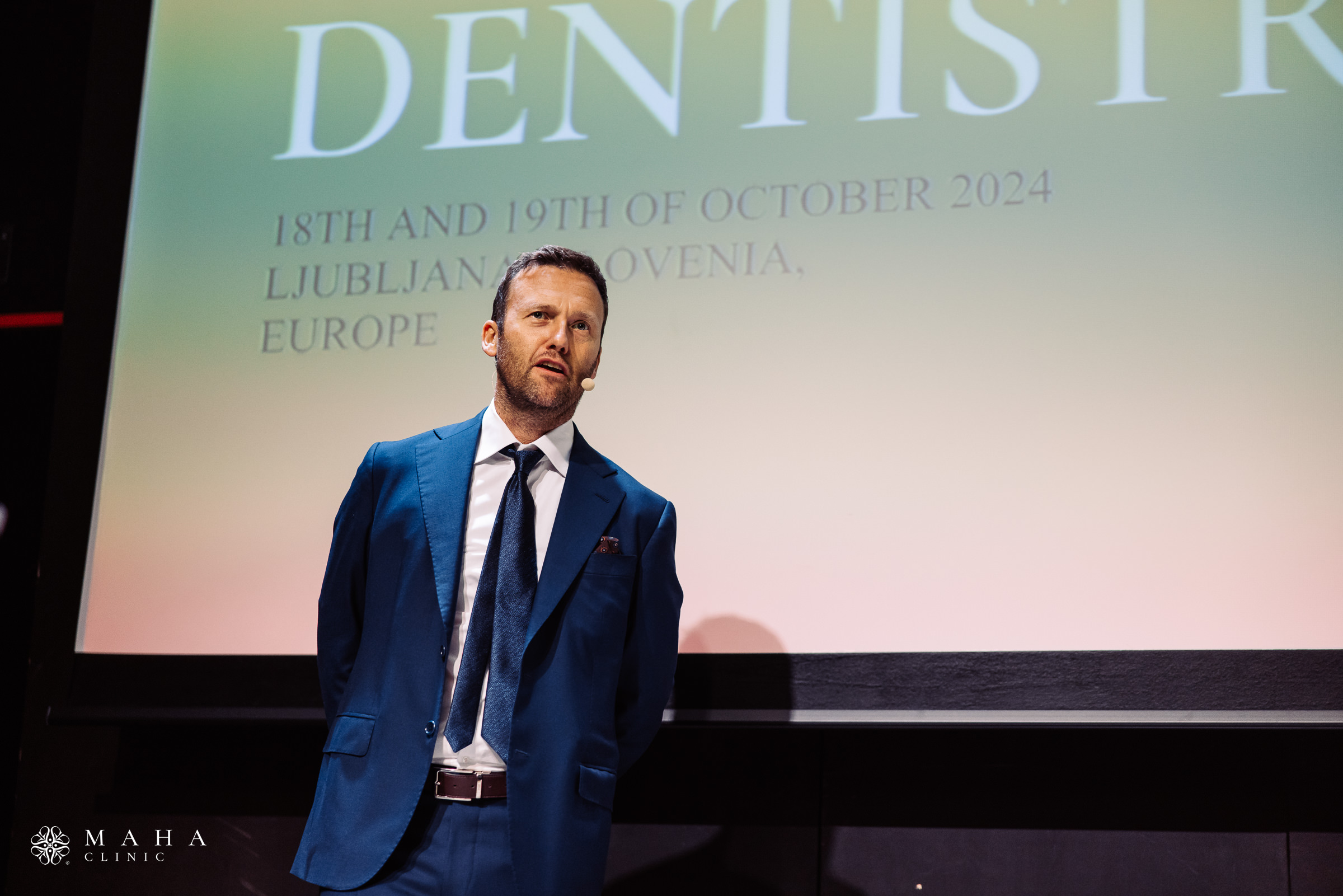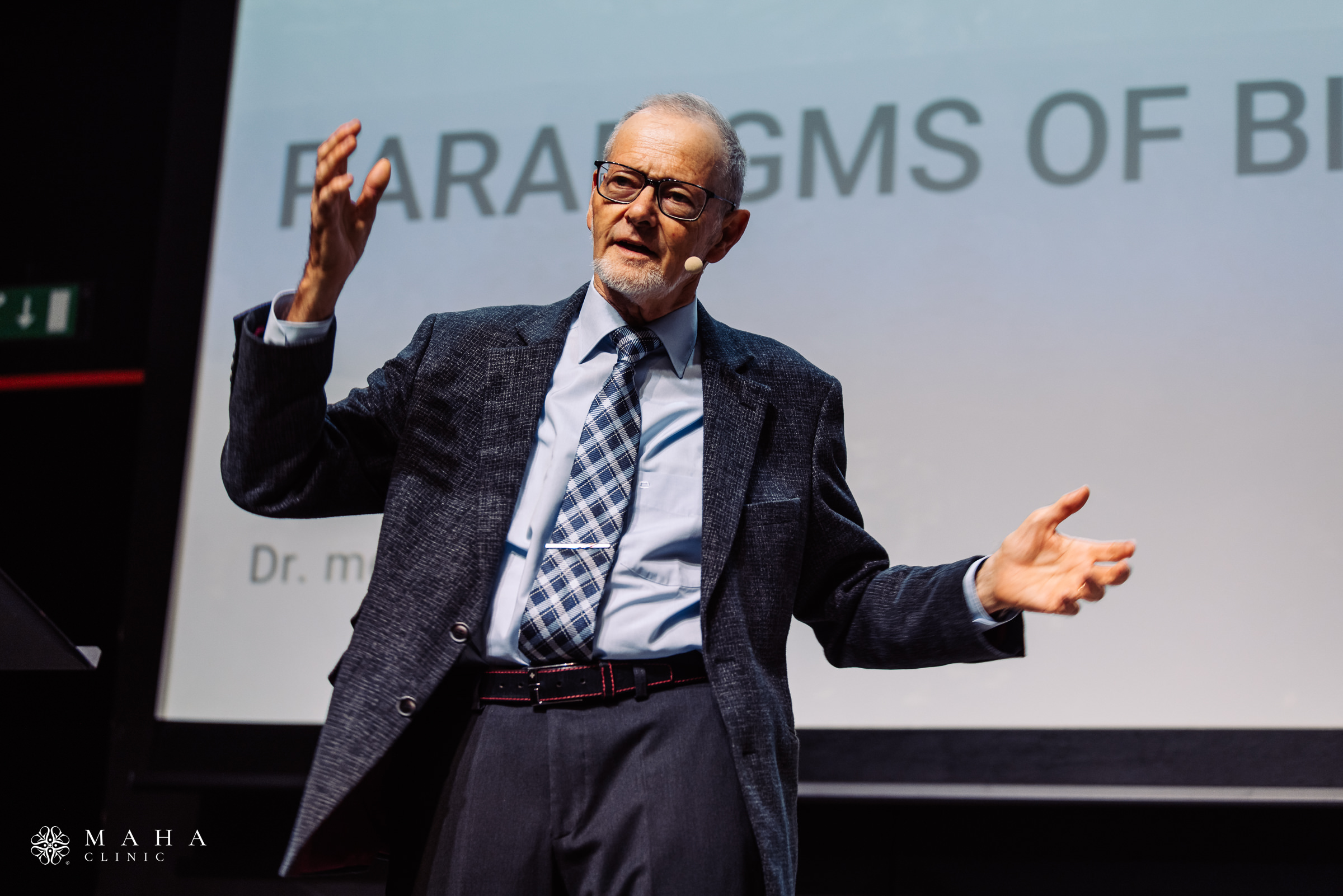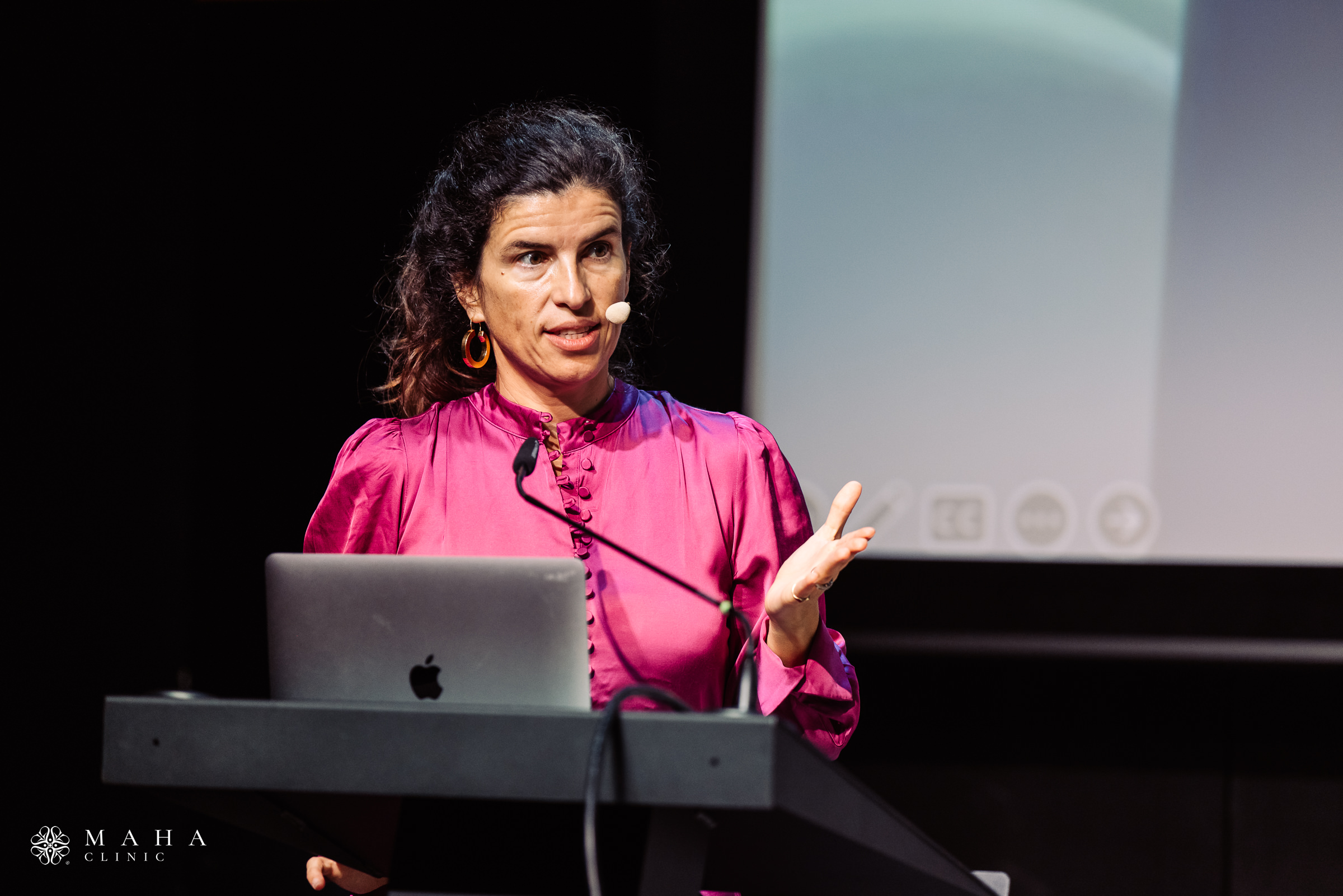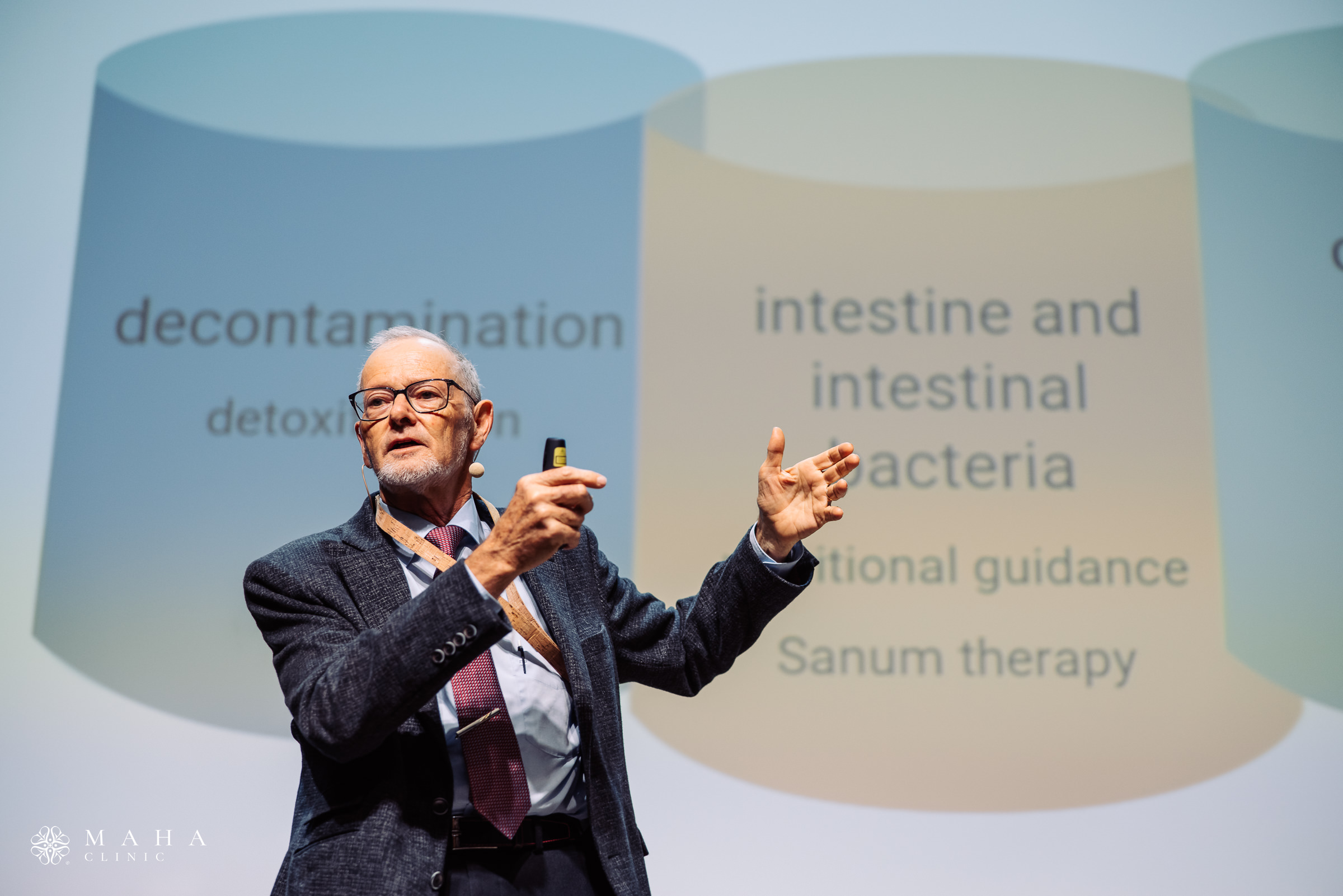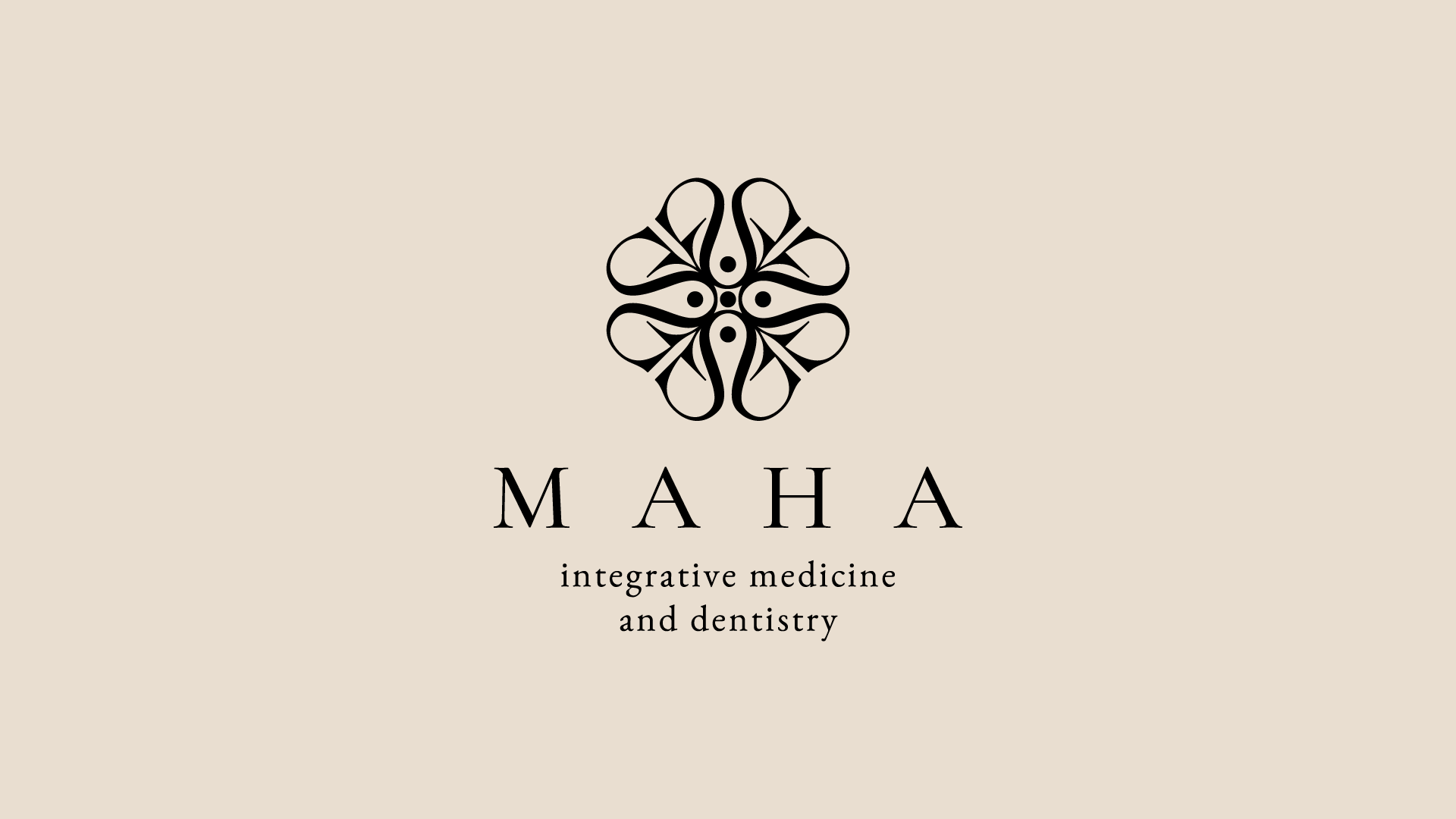maha-symposium
Maha Symposium INTEGRATIVE MEDICINE & DENTISTRY
18th and 19th
of October
2024
Ljubljana Castle, Slovenia,
Europe

Experience Ljubljana Castle
Explore fresh horizons at the Maha Symposium on Integrative Medicine & Dentistry, within the captivating Ljubljana Castle on October 18th and 19th.
Immerse yourself in enlightening discussions, experience collaborative initiatives, and delve into the integration of Western medicine, biological approaches, Ayurveda, and more. Shape the future of holistic healthcare amid the castle’s historical backdrop, complemented by a nutritious selection of food and drink. Enjoy a jazz concert on Friday night, discover cutting-edge technology at the exhibition, and engage with international lecturers.
Event Highlights
Funicular Railway tickets to and from the castle are included: the modern and unobtrusively designed funicular, which complements the traditional cultural identity of the Ljubljana Castle, is popular with both domestic and foreign visitors. It is particularly attractive during fine weather, when it offers spectacular views of the city, and it is indispensable as a fast and comfortable connection with the old town centre. In seeking to preserve the natural environment in the wider area of the Castle Hill, the funicular is the right choice, while at the same time being an exciting experience with which to begin your visit to the castle.
Jazz Concert on Friday Night included at the Castle Jazz Club “Good live music is in itself a luxurious experience, but when the relaxed gathering of music connoisseurs takes place in the unique setting of the Castle’s Rock Hall, the concert becomes an unforgettable experience. Perhaps it is because you are closer to the stars on the Castle hill and the view of Ljubljana by night is a wonderful conclusion to the evening.”
Food & Drink: Indulge in healthy, vegan coffee breaks and a delightful dinner, included in your ticket. Enjoy the perfect blend of taste and well-being.
CME points: CME credits have been applied for. Details will follow.
Programme Highlights
Stay tuned for the detailed program, to be unveiled closer to the event; further specialized topics will be explored in a series of smaller events with specific focuses planned in 2025.
| Date | Time | Title | Speaker |
| 18.10.2024 | 08:00-08:30 | OPENING WORDS | Dr. med. dent. Sebastjan Perko, Phd. |
| 18.10.2024 | 08:30-09:15 | BIOLOGICAL MEDICINE: A NEW PARADIGM – UNDERSTANDING THE PRINCIPLES AND PRACTICES. | Dr. med. Thomas Rau |
| 18.10.2024 | 09:15-10:00 | ADVANCEMENTS IN INTEGRATIVE MEDICINE – LOOKING AT OUR INNER WORLD. | Dr. med. Ana Moreira |
| 18.10.2024 | 10:00-10:45 | Coffe Break | |
| 18.10.2024 | 10:45-11:30 | NUTRITION AND DIGESTIVE HEALTH: MODERN MAYR MEDICINE IN INTEGRATIVE CARE. | Prof. Dr. med. Harald Stossier |
| 18.10.2024 | 11:30-12:15 | A GLANCE AT INDIVIDUALISED CLASSICAL HOMEOPATHY THROUGH A CASE OF MIGRAINE AND PINEAL GLAND CYST – A CASE REPORT. | Dr.med. Katarina Lucija Glas |
| 18.10.2024 | 12:15-13:00 | EXPLAINING INTEGRATIVE MEDICINE TO THE AVERAGE JOE – DEVELOPING A COMMON COMMUNICATION PLATFORM | Zenel Batagelj |
| 18.10.2024 | 13:00-14:00 | Lunch | |
| 18.10.2024 | 14:00-14:45 | BIORESONANCE AS A HOLISTIC TOOL FOR FINDING THE REAL CAUSE OF A DISEASE. | Dominik Golenhofen, univ.dipl.ing.grad. dipl.hol.ener.med. |
| 18.10.2024 | 14:45-15:30 | THE FUTURE OF INTEGRATIVE DENTISTRY – EXPLORING THE LATEST TRENDS AND RESEARCH. | Dr. med. dent. Sebastjan Perko, Phd. |
| 18.10.2024 | 15:30-16:15 | Coffe Break | |
| 18.10.2024 | 16:15-17:00 | BIOCERAMICS FOR MINIMAL INVASIVE DENTISTRY. | Prof. Dr. Andraž Kocjan |
| 18.10.2024 | 17:00-17:45 | RESTORATIVE MATERIALS IN INTEGRATIVE DENTISTRY: BIOCERAMICS, COMPOSITES AND ADHESIVES | Dr. med. dent. Ana Sezinando, Phd. |
| 18.10.2024 | 17:45-18:30 | BIOLOGICAL DENTISTRY: THE TIPPING POINT IN HUMAN HEALTH | Dr. med. dent. John Augspurger, NMD, IBDM |
| 18.10.2024 | 18:30-19:45 | Dinner | |
| 18.10.2024 | 19:45-22:00 | Concert at the Castle Jazz Club | |
| *** | |||
| 19.10.2024 | 08:15-09:00 | THE SMOULDERING FIRE IN THE JAWBONE ? SYSTEMIC DISEASES AND NEGLECTED RANTES/CCL5 INFLAMMATION DETECTED BY ULTRASONOGRAPHY. | Dr. Dr. PhD-UCN Johann Lechner |
| 19.10.2024 | 09:00-09:45 | DEFINING INTEGRATIVE ONCOLOGY. | Dr. med. Jana Pahole |
| 19.10.2024 | 09:45-10:30 | Coffe Break | |
| 19.10.2024 | 10:30-11:15 | MULTIMODULAR CANCER TREATMENT | Dr. med. Thomas Rau |
| 19.10.2024 | 11:15-12:00 | INTEGRATING AYURVEDA & BIOLOGICAL MEDICINE. | Ajil Kunhumbidukka Veettil, B.A.M.S, PGDY, RAV (General Medicine), MSc (Yoga Science) |
| 19.10.2024 | 12:00-13:00 | Lunch | |
| 19.10.2024 | 13:00-13:45 | HERBAL MEDICINE IN MODERN PRACTICE – INTEGRATING TRADITIONAL KNOWLEDGE WITH CONTEMPORARY SCIENCE. | Prof. Samo Kreft, M. Pharm., Phd. |
| 19.10.2024 | 13:45-14:30 | THE NEWLY DESCRIBED POSTURAL DISORDER AS AN EARLY WARNING SYSTEM FOR CHRONIC SYSTEMIC DISEASES. | Dr. med. Christoph J. Bäumer, DO (EROP/DAAO), MSc paed ost |
| 19.10.2024 | 14:30-15:15 | ENABLING LONGEVITY THROUGH DETOXIFICATION – LEADING TOWARDS CELLULAR HOMEOSTASIS BY FREEING METABOLIC, IMMUNOLOGICAL AND TRANSPORT PATHWAYS | Dr. med. Marcus Andrew Stanton |
| 19.10.2024 | 15:15-16:00 | Coffe Break | |
| 19.10.2024 | 16:00-16:45 | HUMANS AT THE HEART OF INTEGRATIVE MEDICINE & DENTISTRY | Allyson Baker BA, MA, HHP |
| 19.10.2024 | 16:45-17:30 | PANEL DISCUSSION “THE FUTURE OF HEALTHCARE” | Dr. med. dent. John Augspurger, NMD, IBDM | Dr. med. Ana Moreira | Dr. med. Thomas Rau |Prof. Dr. med. Harald Stossier | Dr. rer. nat. Alexander von Ardenne |
| 19.10.2024 | 17:30-18:00 | CLOSING WORDS | Dr. med. dent. Sebastjan Perko, Phd. |
Would you like to become a speaker for a later event? Please send us your lecture title suggestion and abstract. Our Team at Maha Clinic will be in touch.
Supporters
Sponsors
Exhibitors
papimi
The papimi Ion-Induction Therapy (IIT), created by Prof. DDr. Pappas, leverages intense electromagnetic fields to boost low cell membrane potentials, focusing on restoring natural biochemical pathways for regeneration. With over 30 years in Effective Medicine, it’s a reliable choice in Integrative Medicine and Professional Sports.
BIOGENA
At BIOGENA, we support you in discovering and fully realising your personal potential. For this reason, we develop premium micronutrient supplements in pure substance quality and manufacture them in our own production facility in Austria. As a reliable knowledge partner in the field of health and well-being, it is important to us to enable as many people as possible to live a fantastic life.
HAB
Herrmann Apparatebau GmbH (HAB®) can look back on 40 years of methodically acquired expertise in the development and manufacture of high-quality medical devices. Today, HAB® is one of the market leader in Ozone-Oxygen- and Colon-Hydro-Therapy. Worldwide. What sets us apart are our constantly evolving innovations and the best possible implementation of the highest patient safety standards in our competence centre – for safe, economical and future-oriented therapies.
Prodent
Prodent is the leading company in Slovenia in the sale of dental supplies and equipment. Since the very beginning of the company's operation, the founder, Mr Vojko Andjelić, has been striving to introduce new technologies and innovations, individual approach and comprehensive fulfillment of customers' wishes and requirements. With a professional approach, carefully selected sales programme, a well-coordinated team and delivering on all promises, he has led the company to a leading position in the domestic market.
dentalia
We rank amongst the leading suppliers of dental equipment, with a wide assortment of equipment, instruments and consumables for dental offices and dental technology laboratories. For more than 30 years we have been following the highest standards, deliveries on time and making efforts to deliver quality after sale service. We strive to be a reliable partner for our customers.
Sen
Mind trade is a Slovenian family business with a long tradition, always intertwined with a healthy lifestyle and a vision of how to help people with various problems in a completely natural way. We have combined our products under the new brand SEN, which stands for our values: Slovenian, ecological (unique) and natural. We have been on the market for more than 20 years.
Pharma Hemp
We are a research and technology-oriented company offering a variety of cosmetics and personal care products containing CBD and other beneficial phytocannabinoids. With a wide range of solutions, we build long-lasting relationships with diverse industries worldwide. Our success is based on traceable, impeccable quality every single time and prompt delivery. We are your premium CBD partner.
DSYNERGY
DigitalSynergy’s mission is to provide the highest quality prosthetic restorations in a timely manner. We strive to provide prosthetic products based on precise oral fit, technical expertise, and a personal touch so that each product is individualized. At the same time, we believe in relationships based on communication and feedback.
Fotona
Founded in 1964, only four years after the invention of the very first laser, Fotona is one of the most experienced developers of high-technology laser systems, recognized for the design, manufacture, and support of advanced solid-state laser systems for: medicine (aesthetics, surgery, gynecology) & dentistry.
GenTech
RS+™ is a bioceramic root canal repair material made from calcium tri-silicate, offering high bioactivity for effective endodontic treatment. It addresses the limitations of mineral trioxide aggregate (MTA), including poor handling, long setting time, toxic components, difficult removal, and tooth discoloration. RS+™ is designed to meet ISO 6876:2012 standards.
TUR
Trends, customer needs and markets are constantly changing. To be successful we should take active part in the changes reshaping this marketplace, coming up with a steady stream of new products, ideas and achievements. We are a part of these changes. We offer a broad product range in the fields of Physiotherapy and Rehabilitation, Isokinetic therapy, Inhalation therapy, Software & hardware development, Medical aesthetic and User interface technology.
celloxy
Celloxy delivers hypoxic air gas. Hypoxia influences the human body in several ways and causes changes that have an impact on the health. Therefore, the classification of the technology as medical is non-negotiable. Any IHHT therapy should be performed with a device carrying a medical CE.It is our commitment to always comply with all regulatory, quality, and legal requirement in EU.
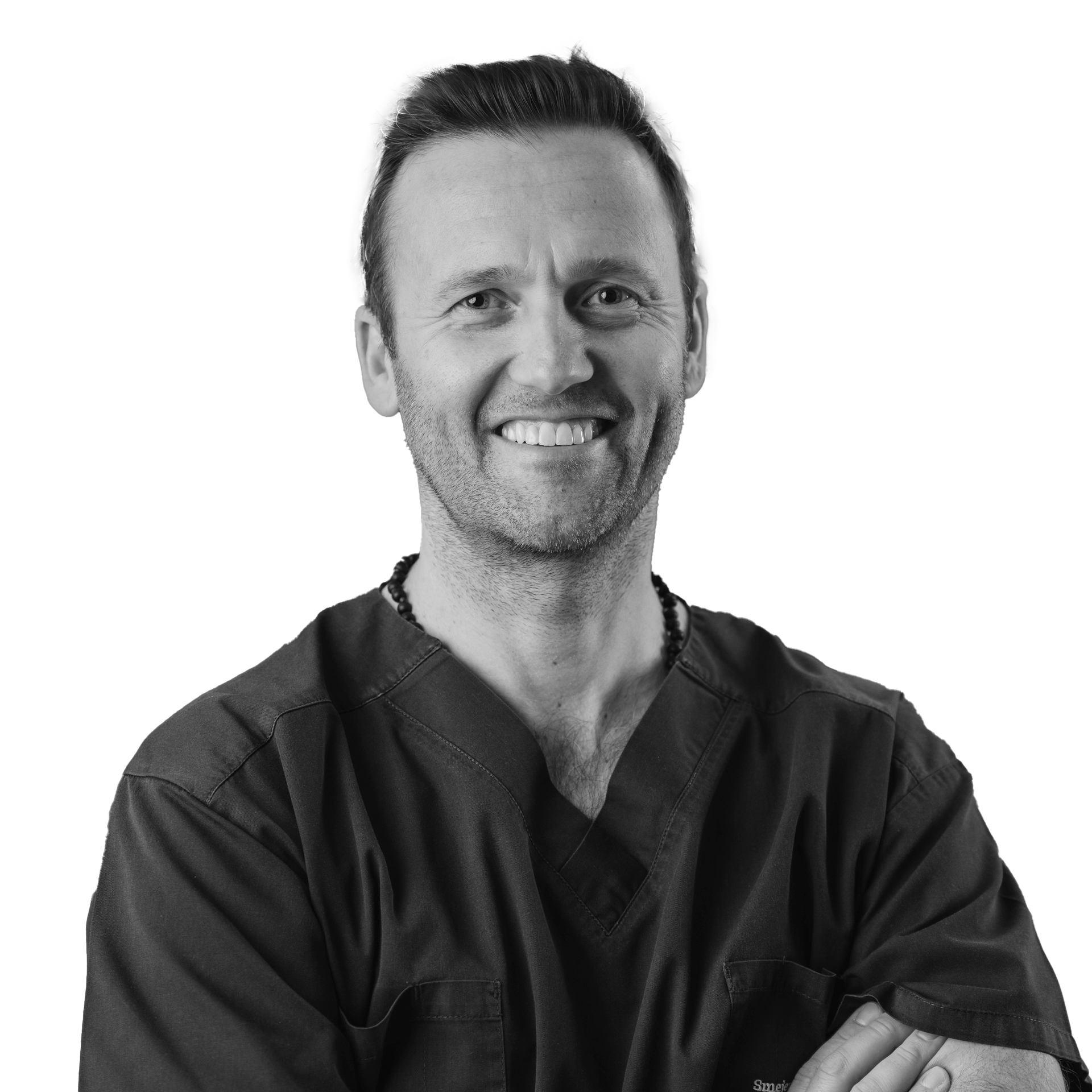
Meet Your Host,
Dr. Sebastjan Perko, PhD.
Greetings from the Maha Clinic team! I am Dr. Sebastjan Perko, your host for the Maha Symposium on Integrative Medicine & Dentistry at the enchanting Ljubljana Castle on October 18th and 19th. With a passion for advancing healthcare, my vision is to foster a global exchange of knowledge among professionals, working towards healing the world. Join us for enlightening discussions, collaborative initiatives, and the integration of diverse medical approaches. Together, let’s shape the future of integrative medicine amid the rich history of our beautiful city of Ljubljana, complemented by nourishing food, a jazz concert, cutting-edge technology, and engaging lectures from international experts. My team and I look forward to connecting with you.

Pre-Symposium Get-Together at the Maha Clinic
17 th of October 2024 at 15:00
Join us for a pre-symposium gathering at our clinic the afternoon before the event! To attend, kindly register by filling in your name and email address in the window below. Our team will be delighted to show you around the clinic and provide an insightful tour. We look forward to sharing a delightful evening with you.
Abstracts
Nothing found.
Photos
Co–organized by Effective Health Society.
MAHA
Slovenska cesta 54, 1000 Ljubljana, Slovenija, Europe
Tel. +386 51 248 888
email: info@maha.clinic
Mon, Tue, Wed: 8:00 – 15:00
Thu: 12:30 – 20:00
Fri: 8:00 – 13:30
© Copyright 2024 – Maha / made by visualbraingravity
Thank you!You've signed up for the newsletter!
MAHA
Slovenska cesta 54, 1000 Ljubljana, Slovenija, Europe
Tel. +386 51 248 888
email: info@maha.clinic
Mon, Tue, Wed: 8:00 – 15:00
Thu: 12:30 – 20:00
Fri: 8:00 – 13:30
© Copyright 2024 – Maha / made by visualbraingravity
Therapeutic Approach
Six stages of disease development
The Development of general Integrative Medicine has its roots far back in history.
It is a fact that modern Western or pharmaceutical medicine has emerged from the roots of ancient medical systems. Not to delve too deeply into history, we would say that Dr. Reckeweg is the one who, in the 1940s, combined Eastern and Western medicine and created a beautiful map of disease development. So it’s not just about the symptoms; it’s about the development of a condition in the human body that, if not treated, will lead to a certain disease. There are six stages of disease development, the last one being the different types of cancer. So before we continue with the explanation of the six stages, we would like to emphasize that, for your better understanding, always think of the health span, the disease span, and where you might be.
It will be crucial for our team to determine the exact position on the lifespan line and plan your therapeutic course accordingly. We are aware that this may sound simple or even too esoteric, but rest assured that the concept is scientifically sound and even correlates very well with modern thinking.
1. Anamnesis (Calling to mind)
Since determining the coordinates on the lifespan line is usually difficult and there are many diagnostic procedures, a thorough medical history is crucial to determining the diagnostic algorithm that will allow us to determine the causes of your disease. This will enable us to provide you with an effective treatment plan.
Take your time and address the beginnings of your symptoms; it can make a difference. Most of our patients say the same sentence: “I felt something in this area 5 to 10 years ago. I had an ultrasound done with a radiological scan, and everything was fine.” In Maha Integrative Medicine and Dentistry, this clearly states that our inner milieu has already experienced the fullness of the “toxic” barrel with blockages or at least an inadequacy of the drainage pathways, i.e., the liver and kidneys, but the damage had not reached the cells at that time. The diagnostics of modern Western medicine are very important once the damage has reached a cellular level. Logically, further steps are then required, and this brings us to diagnostics.
2.Diagnostics - cause or causes?
To deepen your understanding of integrative medicine, we have said that diseases usually begin in the “water” of the body. If the cause cannot be identified and removed, it affects the extracellular matrix, also known as Pichinger’s space, which is mainly collagen and hyaluronic acid; of course, there are many other molecules. Usually, at this point, you feel something is wrong, but it is just too unspecific for conventional medicine to diagnose and treat. We would dare say that this is the charm of integrative diagnostics.
Integrative medicine has evolved to the point where its diagnostics can very accurately determine the cause(s) in the “water” part and thus in the extracellular matrix. At Maha, we first do a dark field blood analysis, an Ayurvedic diagnostic, and a VNS (Vegetative Neural System) analysis, which give us very good clues as to where your problem might lie. In addition, an integrative oral health examination with X-ray and ultrasound analysis is carried out. With all this, we determine the regulatory capacity of your body, assess the condition of the blood plasma (water), red blood cells, and white blood cells, and identify any oral, inflammatory, osteoimmunological, and material influences on your body. This gives us a pretty good idea of where your problems lie.
By combining the information with Ayurvedic insights and our nutritional knowledge, you get suggestions for laboratory tests of blood, urine, and/or stool. We work with two very good integrative laboratories in Germany, one in Berlin and one in Limburg-Eschhofen. We are very grateful that they offer such analyses and support us in developing modern integrative medicine and dentistry. In the meantime, we are very sure of the causes of your situation or illness and can prescribe very individualized, effective therapies. Based on the measured laboratory data we have carried out over the years, we can clearly say that an average person today is undernourished, even though their body mass index is too high. How can this be?
In summary, integrative diagnostics complement the diagnostics of modern Western medicine in such a way that, in combination, they cover the entire lifespan, and this is the real reason for the success of integrative medicine in treatment.
3.Therapeutic strategies
Our love for integrative medicine began simply because it covers every aspect of human life and uses all the medical knowledge available today. Of course, it focuses first on relieving symptoms, but even more important is finding the causes of your illness. Once these are defined, a refined treatment plan is proposed after anamnesis and diagnosis, aimed at increasing the capacity of the body’s detoxification mechanisms (supporting the liver and kidneys), reducing the intake of toxins, and strategically addressing the specifics of your diagnosed causes. The main goal is always to build up the body’s regenerative capacity and to add supportive treatments in accordance with the course of therapy. We cannot go into each treatment method individually; we will do that in the future when we write a book. However, it is within the scope of this text to describe strategies for various diseases that will give you a clear understanding of how Maha Integrative Medicine and Dentistry works. The stages of disease development are as follows:
STAGES
DESCRIPTION
THERAPIES
TAKING CARE OF REGULAR DAILY EXCRETION
This stage is actually the natural stage of our body. The body’s natural detoxification pathways function normally. Toxins, bacteria, viruses, metals, etc. enter the body and are also excreted. You may get a cough, runny nose, diarrhea, more frequent urination, excessive sweating, etc., which just means that the defenses have been activated and it is wise to let them work and not suppress them with medication. Suppression overrides the detoxification pathways. Of course, integrative diagnostics are advisable to support excretion.
Therapies include mainly herbal treatments, hyperthermia, altitude training in the comfort of our clinic, infusions, medical training with yoga and its techniques, and dental wellness. Again, they are prescribed individually, and the program is arranged based on your time availability. For example, 7 days a week, twice a week for a month, or any other option.
YOUR CRUCIAL ROLE:
- Nutrition and hydration
- Learn the lay concept of Integrative Medicine
- Take remedies as prescribed
- Communicate with Maha’s staff via email, phone, online, or face-to-face meetings about any concerns and/or improvements, etc.
- Follow the prescribed medical training (yoga with its techniques, osteopathic training,…)
THE REACTION STAGE OCCURS WHEN OUR BODY SIMPLY CAN’T EXCRETE EFFICIENTLY. THE IMMUNE SYSTEM TRIES TO ELIMINATE THE CAUSE OF INFLAMMATION. THE MAIN GOAL IS TO SUPPORT THE BODY’S DEFENCES AND TO COMBAT THE DIAGNOSED ”NOXIOUS AGENT” WITH SPECIFIC THERAPIES.
Common diagnoses that fall into this stage are dermatitis, erythema, eczema, stomatitis, rhinitis, herpes zoster, poliomyelitis, neuralgia, pharyngitis, laryngitis, colitis, hepatitis, abscess, osteomyelitis, tonsillitis, and polyarthritis, to name a few.
1. YOUR CRUCIAL ROLE:
- Follow the guidelines as described above.
2. ACTIVATION OF DRAINAGE (ESPECIALLY GUT, LIVER AND KIDNEYS)
- Specific drainage remedies
- Herbal packs on the liver with prescribed Ayurvedic drainage treatments
- Local hyperthermia – Indiba on liver and kidneys
- Systemic hyperthermia – Iratherm 1000
- Ion-Induction-Therapy – papimi
- Rectal ozone
- i.v. detoxification therapies – as prescribed
3. RESTORATIVE TREATMENTS
- Specific restorative remedies
- Ayurvedic antioxidant treatments
- i.v. restorative therapies
4. TARGET THE SPECIFIC CAUSATIVE ”NOXIOUS AGENT” DISCOVERED DURING ANAMNESIS AND DIAGNOSTICS.
- Chemical agents (glyphosate, PFOA, pesticides. DDT, herbicides)
- Bacteria (streptococcus, staphylococcus, borrelia,..) – most relevant
- Viruses (EBV, VZV, CMV, influenza, Covid-19…) – most relevant
- Heavy metals (arsenic, cadmium, lead, mercury…)
DEPOSITION CONTINUES IN THE PICHINGER’S SPACE, ADIPOSE TISSUE, AND VASCULAR SYSTEM. THE CAPACITY OF THE MECHANISMS OF STAGE 1 AND STAGE 2 MUST BE THERAPEUTICALLY INCREASED, AS THEY ARE THE BODY’S OWN ”CLEANSING” PATHWAYS”.
Common stage 3 diagnoses are atheromas, warts, cysts, polyps, neuromas, constipation, cholelithiasis, obesity, gout, edema, lymph gland swelling, prostatic hypertrophy, fibroids, and rheumatism, to name a few.
1. YOUR CRUCIAL ROLE:
- Follow the guidelines as described above.
2. ACTIVATION OF DRAINAGE (ESPECIALLY GUT, LIVER AND KIDNEYS)
- As described in stage 2.
3.RESTORATIVE TREATMENTS
- As described in stage 2.
4. TARGET THE SPECIFIC CAUSATIVE ”AGENT” THAT WAS DISCOVERED DURING ANAMNESIS AND DIAGNOSTICS.
- Heavy metals
- Chemicals (glyphosate, etc)
- Bacteria – CWD – chronic
- Viruses – chronic
5. SPECIFIC CONNECTIVE TISSUE DRAINAGE AND ACTIVATION OF DETOXIFICATION ON A CELLULAR LEVEL
- Specific drainage remedies
- Specific ayurvedic treatments
- Osteopathic drainage treatments
- Specific papimi Ion-Induction-Therapy regimen
- Specific local – Indiba and systemic hyperthermia – Iratherm 1000
- IHHT – Intermittent hyper, hypoxic treatment
- Integrative Dentistry
THE CAUSATIVE “NOXIUS AGENTS” HAVE PENETRATED THE CELLS. THEY DISRUPT THE ENZYMATIC FUNCTIONS OF THE CELL AND DAMAGE THE CELL MEMBRANE. THE TREATMENT STRATEGY IS BECOMING MORE AND MORE STRINGENT.
Diagnoses that fall into this stage are migraine, eye twitching, viral infections, asthma, ulcers, toxic liver damage, common cold, angina pectoris, myocarditis, and many others.
The so-called Milleu therapy strategy follows the protocol of the first 3 stages. Since the cell structures are already damaged at this stage, we have to use these:
- Specific remedies that increase cellular energy
- Targeted cellular restoration and detoxification therapies
- Strict Integrative Dentistry
ORGAN STRUCTURE AND FUNCTION ARE IRREVERSIBLY DAMAGED. NOXIOUS AGENTS INVADE GLANDS, ESPECIALLY THE THALAMUS, LEADING TO HORMONAL IMBALANCE AND A REDUCED CAPACITY FOR IMMUNE MODULATION. CELLS ARE SEVERELY DAMAGED, RESTORATION OF CELL MEMBRANES, ENZYMES, OTHER PROTEINS, AND GENETIC MATERIAL IS CRUCIAL TO PREVENT THE TRANSITION TO THE NEXT, HIGHLY UNDESIRABLE FINAL STAGE.
The most typical diagnoses in stage 5 are muscular dystrophy, ALS, multiple sclerosis, hyperthyroidism, hypothyroidism or Hashimoto’s disease, myocardial infarction, cirrhosis of the liver, nephrosis, renal atrophy, impotence, dermatoses, chronic atrophic rhinitis, paresis, neurofibromatosis, scleroderma, cachexia, spondylitis, pernicious anemia, etc.
The basic therapies aim to induce phase 1 and the controlled outflow pathways of phase 2 as in all previous stages, followed by the others mentioned above.
What is special about the therapies of this stage are the protective and repair treatments for the non-genetic and genetic material of the cells, which are meticulously planned.
FURTHER ACCUMULATION OF “TOXINS” LEADS TO DAMAGE OF THE GENETIC MATERIAL OF THE CELLS AND THE CELLULAR RESPIRATORY MECHANISMS. OXIDATIVE-FREE RADICALS REINFORCE ORGANIC DYSFUNCTION AND TISSUE DEGENERATION, WHICH IS ACCOMPANIED BY IMMUNE SYSTEM DYSFUNCTIONS. THE RESULTS IS NEW GROWTH CALLED CANCER.
Diagnoses that fall into this group are all forms of cancer at any stage. Especially in stage 6, we work together with our valued partner clinic from Switzerland, BioMedicine Sonnenberg, which has a lot of experience in the field of integrative oncology, and together we have success.
When you reach this stage, things also change in the Integrative Medicine approach. Special attention is required at every step of the way. Basic therapies are still crucial, but care must be taken not to activate them too much in too short a time. Protective and repair treatments for the non-genetic and genetic material of the cells will continue and a special branch of Integrative Oncology will be added to the treatment plan.
It goes without saying that an extremely thorough diagnostic procedure is the basis for an extremely thorough therapy plan, including dentistry. The mouth is the most neglected part of Integrative Medicine. It is the source of carcinogenic bacteria, CCl5 – (formally known as Rantes – and metallic materials.
MAHA
Slovenska cesta 54, 1000 Ljubljana, Slovenija, Europe
Tel. +386 51 248 888
email: info@maha.clinic
Mon, Tue, Wed: 8:00 – 15:00
Thu: 12:30 – 20:00
Fri: 8:00 – 13:30
© Copyright 2024 – Maha / made by visualbraingravity
science
Maha Lectures
Nothing found.
Links
Articles
Periodontal Disease and the Body
Despite periodontal disease affecting as many as 80% of Slovenian men and women, we still underestimate the extent of this pathological condition.
MAHA
Slovenska cesta 54, 1000 Ljubljana, Slovenija, Europe
Tel. +386 51 248 888
email: info@maha.clinic
Mon, Tue, Wed: 8:00 – 15:00
Thu: 12:30 – 20:00
Fri: 8:00 – 13:30
© Copyright 2024 – Maha / made by visualbraingravity
bistro
HEALTHY & PLANT BASED
Our holistic and integrative viewpoints dictate that the food that we consume plays an important role in our overall well-being, and that is the sole reason why we actually funded Bistro Maha, located just a short walk away from the clinic.
Bistro Maha is on a mission, not only to offer a healthy, organic, plant-based alternative to the public but specifically to develop and introduce personalized diet plans designed to empower you on your journey to optimal health while visiting our clinic.
To offer clear support for your systemic healthcare plan, we most of the time advocate dairy-free, sugar-free, plant-based, and alkaline foods, with a tendency to avoid gluten whenever possible. These nutritional principles have been shown to promote better health and well-being, reduce inflammation, and support the body’s natural healing processes.
We shape these plans according to your lifestyle, nutritional aspects, and the medical anesthesia provided by our therapists. We do offer short- and long-term diet plans, supported by lectures and cooking demonstrations when needed.
Our food program is led by an internationally acclaimed chef, who specializes for healthy plant-based foods. The support cast is formed by a dietitian and a team of 4 chefs, with different specializations.



MAHA
Slovenska cesta 54, 1000 Ljubljana, Slovenija, Europe
Tel. +386 51 248 888
email: info@maha.clinic
Mon, Tue, Wed: 8:00 – 15:00
Thu: 12:30 – 20:00
Fri: 8:00 – 13:30
© Copyright 2024 – Maha / made by visualbraingravity
Diseases
Just a few of the
conditions we treat
At our clinic, we specialize in providing comprehensive treatment for a variety of conditions. Our typical patient has tried many things, but the symptoms will not go away. Our team of experienced healthcare professionals is dedicated to the diagnosis, treatment, and management of all health problems.
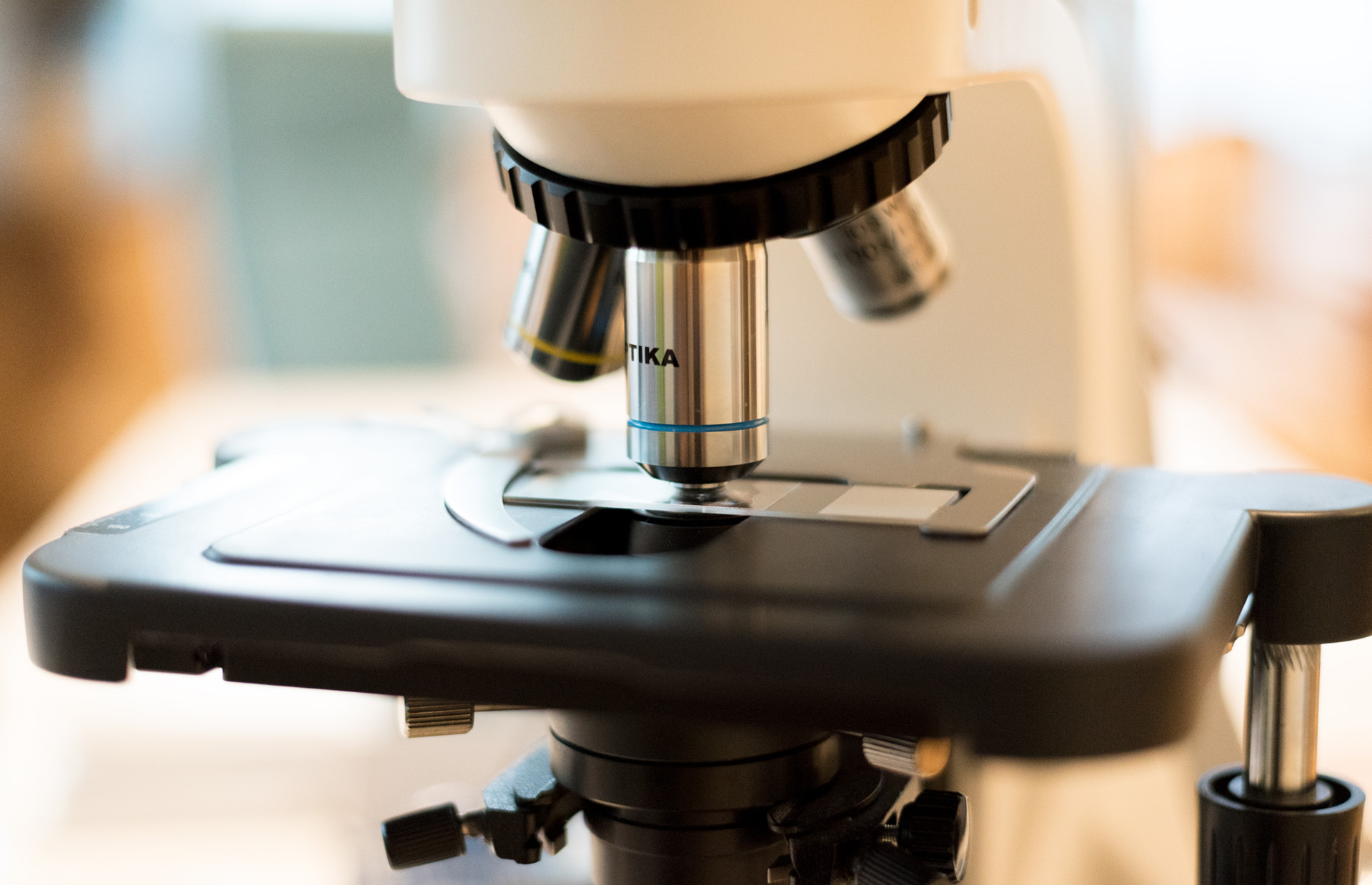
Common civilization diseases
Cardiovascular diseases
Cardiovascular diseases are the most common cause of illness and mortality among adults in developed countries, including Slovenia. This includes stage 3 to stage 4 conditions such as high blood pressure, angina pectoris, etc. The most significant causes of death and long-term disability are heart attacks and strokes, which are typical stage 5 diseases that are sudden complications of coronary heart disease and cerebrovascular disease.
Cardiovascular diseases (CVD), also known as heart diseases, encompass a wide range of conditions that affect the heart and blood vessels. These conditions are a leading cause of morbidity and mortality worldwide. The most prevalent type of CVD is stage 3 coronary artery disease (CAD), which results from the buildup of atherosclerotic plaques in the coronary arteries, limiting blood flow to the heart. CAD can lead to stage 4 angina (chest pain) or, in severe cases, stage 5, heart attacks (myocardial infarctions).
Other common cardiovascular diseases include heart failure, hypertension (high blood pressure), arrhythmias (irregular heart rhythms), valvular heart diseases, cardiomyopathies (heart muscle disorders), and peripheral artery disease (PAD). Each of these conditions has its causes, risk factors, and potential complications.
CVD risk factors include smoking, high blood pressure, elevated cholesterol levels, obesity, diabetes, physical inactivity, an unhealthy diet, a family history of heart disease, poor oral health, and advancing age. Prevention and management strategies include lifestyle modifications, like regular exercise and a heart-healthy diet, medication management, and, in some cases, surgical interventions such as angioplasty or bypass surgery.
Early detection and timely treatment are essential in reducing the burden of CVD. Regular check-ups, diagnostic tests, and risk factor assessments enable healthcare providers to identify and address potential issues. By promoting heart-healthy lifestyles and improving access to cardiovascular care, it’s possible to mitigate the impact of these diseases and enhance the overall cardiovascular health of populations.
At Maha Clinic, our approach, which integrates medicine and dentistry, specifically targets the complexities of cardiovascular disease. By implementing biocompatible non-metallic materials, a strict attitude to infectious and non-infectious inflammations, we address the intricate relationship between oral health and cardiovascular well-being. Our evidence-based therapeutic protocols, complemented by personalized lifestyle modifications, aim to effectively manage risk factors associated with cardiovascular disease, promoting improved heart health and overall wellness for our patients.
- Periodontal Disease and Inflammation:
- A study published in the journal “Circulation” in 2012 found that individuals with periodontal disease have a higher risk of developing heart disease, possibly due to the chronic inflammation associated with gum disease.
- Oral Bacteria and Atherosclerosis:
- Research conducted at Columbia University suggested that certain species of oral bacteria are associated with the development of arterial plaque, which is a hallmark of atherosclerosis. The study was published in the journal “Nature” in 2018.
- Endothelial Dysfunction:
- A study published in “Arteriosclerosis, Thrombosis, and Vascular Biology” in 2013 demonstrated that oral bacteria may contribute to endothelial dysfunction, a key factor in the development of cardiovascular diseases.
- Shared Risk Factors:
- Numerous studies have shown the relationship between shared risk factors for oral and cardiovascular health. For example, a study published in “Preventive Medicine” in 2018 found that a healthy diet low in sugar and processed foods is associated with a lower risk of both gum disease and heart disease.
- Oral Health Interventions:
- A systematic review published in “The Journal of the American Dental Association” in 2017 explored the impact of oral health interventions, such as professional dental cleanings and improved oral hygiene, on reducing the risk of cardiovascular diseases.
- Genetic Factors:
- Some research has investigated the role of genetic factors in the relationship between oral health and cardiovascular health. A study published in “Frontiers in Physiology” in 2017 examined the genetics of periodontal disease and its potential impact on cardiovascular risk.
These are just a few examples of scientific studies and findings that have contributed to our understanding of the connection between oral health and cardiovascular diseases. While the precise mechanisms and causality are still subjects of ongoing research, these studies provide concrete evidence of the relationship between the two and have informed clinical practice and guidelines for healthcare providers in both the dental and medical fields.
Stress and Burnout
Chronic problems and stress in any area of life can lead to burnout, which is defined as a state of life exhaustion characterized by reduced personal effectiveness. Burnout differs from work-related exhaustion, as the latter is a normal consequence of excessive work that can be resolved through rest, whereas rest is not sufficient for burnout. Signs and symptoms manifest on emotional, physical, behavioral, and motivational levels, as well as in thinking patterns. Adrenal exhaustion, often referred to as “adrenal fatigue,” is a term used within the realm of biological medicine to describe a condition where the adrenal glands, responsible for producing stress hormones like cortisol, become dysfunctional due to chronic stress or overstimulation. Integrative medicine seeks to understand this condition as a complex interplay of hormonal, nutritional, and lifestyle factors. Practitioners in this field may use specialized testing to identify imbalances in hormone levels, nutrient deficiencies, and other biological markers. Treatment strategies often include dietary adjustments, supplementation of specific nutrients, and detoxification protocols. Integrative medicine emphasizes the importance of personalized care, recognizing that each individual’s physiology is unique. The goal is to support the body’s inherent ability to heal and restore balance.
Diabetes
Integrative medicine emphasizes the body’s inherent ability to heal itself and aims to improve overall wellness and metabolic function in people with diabetes. These plans may include dietary changes, nutritional supplements, detoxification, and natural therapies. Not only are the physical aspects considered, but also the emotional and lifestyle factors that contribute to diabetes. Patients receive personalized treatment plans that include dietary changes, exercise, stress management, and awareness techniques in addition to conventional medications or insulin therapies. Integrative medicine aims to improve overall wellness, better control blood sugar levels, and reduce the risk of diabetes-related complications. Working with healthcare professionals, people with diabetes can develop comprehensive, evidence-based strategies tailored to their specific needs. This holistic approach recognizes that diabetes management goes beyond medical interventions and looks at the person as a whole. In this regard, type 2 diabetes can be cured, while insulin use is greatly reduced in type 1 diabetes.
Understanding the scientific connection between oral health and diabetes management is crucial. At Maha Clinic, we prioritize an integrated approach, recognizing the impact of periodontal disease on diabetes. Scientifically, research has established the relationship between oral inflammation and difficulties in regulating blood sugar levels. By addressing periodontal health alongside diabetes care, we aim to minimize inflammation and improve glycemic control. Our commitment involves comprehensive periodontal assessments, tailored oral hygiene plans, and preventive strategies to mitigate potential complications.
Oral Health
The connection between oral health and systemic diseases is an active area of scientific research, and numerous studies have explored the links between the two. Here are some of the key systemic diseases and conditions that have been associated with poor oral health, supported by scientific evidence:
- Cardiovascular Disease: Research has shown that periodontal (gum) disease is linked to an increased risk of cardiovascular diseases such as coronary artery disease and stroke. Chronic gum inflammation can lead to systemic inflammation, which may contribute to the development and progression of cardiovascular conditions.
- Diabetes: There is a bidirectional relationship between diabetes and oral health. People with diabetes are more susceptible to gum disease, and the presence of gum disease can make it more challenging to control blood sugar levels in individuals with diabetes.
- Respiratory Infections: Poor oral health, particularly gum disease, has been associated with an increased risk of respiratory infections, including pneumonia. Aspiration of oral bacteria into the lungs can contribute to these infections.
- Rheumatoid Arthritis: Some studies suggest a connection between gum disease and the development or exacerbation of rheumatoid arthritis. Chronic inflammation in the mouth may trigger or worsen inflammatory conditions in the joints.
- Pregnancy Complications: Periodontal disease has been linked to an increased risk of preterm birth and low birth weight. Hormonal changes during pregnancy can make the gums more susceptible to inflammation and infection.
- Alzheimer’s Disease: Emerging research suggests a potential link between poor oral health, gum disease, and an increased risk of cognitive decline and Alzheimer’s disease. Chronic inflammation may play a role in this association.
- Kidney Disease: Kidney disease patients often have compromised immune systems, making them more vulnerable to oral infections. Poor oral health can exacerbate systemic health issues in individuals with kidney disease.
- Cancer: Research has suggested associations between certain types of cancer, such as pancreatic, colon, and oral cancers, and periodontal disease.
The importance of maintaining good oral hygiene and seeking regular dental care is a crucial aspect of overall health and well-being. Additionally, individuals with systemic diseases should be aware of the important impact of oral health on the body, have in-depth diagnostics, and include dental treatments in integrative therapy plans.
Obesity
Obesity is the most common chronic metabolic disease in the developed world and the second most important preventable cause of increased morbidity and mortality after smoking. It is important to determine the individual’s metabolism in such cases. Often, there is a lack of metabolic and restorative energy, resulting in the deposition of proteins in the interstitial space, which can be converted into carbohydrates or indirectly into fats.
Leaky Gut Syndrome
Leaky gut, scientifically referred to as “increased intestinal permeability,” is a concept that has gained attention in the fields of gastroenterology and immunology. Here are some key points related to the science of leaky gut:
- Intestinal Barrier: The gastrointestinal tract has a protective lining consisting of a single layer of epithelial cells, which form a barrier between the contents of the gut and the bloodstream. This barrier is crucial for the absorption of nutrients while preventing harmful substances, such as bacteria and toxins, from entering the bloodstream.
- Tight Junctions: Tight junctions are protein complexes that connect adjacent epithelial cells, maintaining the integrity of the gut barrier. When these tight junctions become compromised, it can lead to increased permeability, allowing substances to pass through more easily.
- Potential Causes: Several factors may contribute to increased intestinal permeability, including chronic inflammation, certain medications, gut infections, stress, and dietary factors. Research is ongoing to understand the specific mechanisms involved.
- Role in Disease: Some studies suggest that increased intestinal permeability plays a role in the development of certain gastrointestinal conditions, such as inflammatory bowel disease (IBD), celiac disease, and irritable bowel syndrome (IBS). It has also been proposed as a factor in systemic conditions like autoimmune diseases, allergies, and even neurological disorders.
The scientific understanding of increased intestinal permeability continues to evolve, and ongoing research seeks to clarify its role in various diseases and establish effective diagnostic and treatment approaches. If you suspect you have gastrointestinal concerns or are experiencing symptoms related to gut health, it’s advisable to consult a healthcare professional for proper evaluation and guidance.
Arthritis, Gout, and other Musculoskeletal Disorders
Arthritis, a debilitating condition characterized by joint inflammation and pain, is a significant healthcare concern affecting millions worldwide. It is a condition marked by joint inflammation that can be approached through the lens of integrative medicine, which combines conventional and other therapies. In this context, treatments may include a combination of carefully dosed pharmaceutical interventions for symptom management along with integrative therapies. Integrative medicine aims to not only alleviate pain and inflammation but also to address the root causes of the condition, considering the patient’s lifestyle, environmental factors, and emotional well-being. By employing a holistic approach, integrative medicine seeks to enhance the overall quality of life for individuals suffering from arthritis.
Integrative medicine delves into the molecular and cellular underpinnings of arthritis, unraveling its genetic, immunological, and inflammatory aspects. Understanding the role of cytokines, autoantibodies, and genetic factors is fundamental to developing precision therapies. In a holistic view of arthritis, recognizing its multi-faceted nature is very important. It incorporates lifestyle modifications, nutritional strategies, and mind-body techniques to enhance patients’ overall well-being. Integrative care acknowledges the significance of stress reduction, dietary choices, and physical activity in managing arthritis symptoms. Moreover, it underscores the interplay between emotional health and physical symptoms, emphasizing the importance of psychological support and pain management.
A patient-centered approach, considering both the molecular intricacies of the disease and the broader context of patients’ lives, allows for a more comprehensive and personalized treatment strategy. By addressing the biological triggers of arthritis and supporting individuals in making lifestyle changes, this combined approach endeavors to improve the quality of life for those affected by this chronic condition.
Nervous System
Integrative medicine offers a comprehensive and patient-centered approach to addressing nervous system diseases. While conventional medicine provides the primary framework for diagnosis and treatment, integrative medicine takes into account the broader well-being of individuals affected by neurological conditions.
Mind-body techniques, such as mindfulness meditation and yoga, help individuals cope with the emotional and psychological challenges often associated with nervous system diseases. Nutritional support, tailored Maha integrative medicine and dentistry therapy plans with tailored dietary plans, and medication aim to promote brain health and manage symptoms. Exercise and physical therapy can enhance mobility and coordination. Sleep management and relaxation techniques address common sleep disturbances.
Integrative care also emphasizes patient education, empowering individuals to understand their conditions and make informed decisions about their health. Collaborative care ensures that patients receive a comprehensive approach, combining conventional medical treatments with complementary therapies. Ultimately, the goal of integrative medicine is to enhance the quality of life for individuals with nervous system diseases by addressing all aspects of their well-being. This approach, supported by scientific research, reflects a growing understanding of the complex interplay between physical and emotional health in managing these conditions.
High cholesterol levels
Cholesterol plays a crucial role in a wide array of functions in the human body. It serves as a precursor for the synthesis of various hormones, including sex hormones (like estrogen and testosterone), adrenal hormones (such as cortisol), vitamin D, and Coenzyme Q10. These molecules are essential for regulating the immune system, metabolism, growth, and reproductive functions. High levels of cholesterol in the blood may indicate a blockage in one of the pathways for producing these important molecules. Cholesterol is indispensable for the production of these vital compounds.
Cholesterol and coenzyme Q10 (CoQ10) are related as they are both lipid molecules present in the body. Coenzyme Q10, also known as ubiquinone, plays a critical role in energy production in every cell, especially within the mitochondria, which are the cell’s energy powerhouses. For instance, a deficiency of CoQ10 in heart muscle can lead to arrhythmias and other heart issues.
Cholesterol itself is a type of lipid that forms a part of cell membranes and serves as a precursor for the synthesis of other crucial molecules, such as bile acids. Cholesterol is essential for maintaining the proper functioning of cell membranes.
CoQ10 is a vital component in the electron transport chain during cellular respiration, which is crucial for generating adenosine triphosphate (ATP), the primary source of cellular energy. While cholesterol is not directly involved in this energy production process, both cholesterol and CoQ10 are lipids with significant roles in preserving overall cellular health.
It’s important to note that drugs like statins, which are commonly prescribed to lower cholesterol levels, can reduce the availability of the source molecule for producing important compounds in our bodies.
If you have high cholesterol, even if you are not taking statins, consider scheduling a Zoom or regular session with one of our therapists to explore ways to optimize the natural metabolic pathways for cholesterol utilization, allowing your body and mind to thrive once again.
Cancer (Integrative Oncology)
Integrative oncology represents a multidisciplinary approach combining conventional cancer treatments with complementary therapies. This field aims to optimize health, quality of life, and clinical outcomes for cancer patients through a personalized, patient-centered treatment plan. The key aspects of integrative oncology include:
Mechanistic Underpinnings of Complementary Therapies: The incorporation of complementary therapies in integrative oncology is not merely based on tradition or anecdote but is increasingly supported by mechanistic insights. For instance, acupuncture has been shown to modulate neuroendocrine pathways, potentially alleviating chemotherapy-induced nausea. Herbal supplements, such as curcumin, have been investigated for their anti-inflammatory and anti-neoplastic properties, which may play a role in inhibiting tumor growth and enhancing the efficacy of chemotherapy agents.Personalized Medicine and Genomic Profiling: Integrative oncology is aligning with the precision medicine model, utilizing genomic profiling to tailor treatments. This involves understanding the unique genetic mutations of a patient’s tumor, which can help in selecting targeted therapies that work synergistically with both conventional and complementary treatments, maximizing efficacy while minimizing toxicity.Clinical Outcomes and Evidence-Based Approaches: A growing body of randomized controlled trials and meta-analyses provides evidence for the effectiveness and safety of certain complementary therapies in oncology. These studies often focus on patient-reported outcomes such as quality of life, symptom management, and psychological well-being, in addition to traditional clinical outcomes like survival rates and disease progression.Phytochemicals and Nutraceuticals in Cancer Therapy: The role of phytochemicals and nutraceuticals, which you may encounter in orthomolecular medicine, is gaining scientific interest in cancer treatment. These natural compounds, found in various herbs and foods, are being studied for their potential to induce apoptosis, inhibit angiogenesis, and enhance the immune response against cancer cells.Integrating Mind-Body Medicine: Techniques such as mindfulness, meditation, and yoga are being rigorously evaluated for their physiological benefits in cancer patients. These practices are associated with the modulation of stress responses, reduction in inflammation markers, and potential impacts on tumor biology via psychoneuroimmunological pathways.Interdisciplinary Research and Collaboration: Integrative oncology thrives on interdisciplinary research, bringing together oncologists, biologists, pharmacologists, and practitioners of complementary medicine. This collaboration is crucial for conducting high-quality research, understanding the complex interactions between different therapies, and developing comprehensive treatment protocols.
Diseases of the musculoskeletal system
Lumbago (chronic pain in the lower back):
Integrative medicine aims to address this condition by focusing on improving cellular health, including optimizing mitochondrial function and enhancing cell membrane potential. By implementing tailored nutritional interventions, targeted physical therapy, and stress-reducing techniques, the approach aims to alleviate inflammation and support tissue regeneration in the affected areas, promoting long-term relief and enhanced mobility.
Sciatica:
At Maha, we use integrative medicine to target the root cause of sciatica by emphasizing the restoration of optimal nerve function, enhancing cellular communication, and promoting nerve regeneration. Through a combination of tailored exercise regimens, targeted nutritional support, and stress management techniques, the approach aims to reduce nerve inflammation and improve the overall function of the musculoskeletal system, thereby alleviating the symptoms of sciatica.
Tennis Elbow:
Integrative medicine approaches tennis elbow by targeting the underlying inflammatory processes at the cellular level. By optimizing cellular repair mechanisms, modulating oxidative stress, and promoting tissue healing, this approach utilizes tailored physical therapy, dietary modifications, and specific supplementation to reduce inflammation and facilitate tissue regeneration in the affected area, promoting long-term recovery and improved function.
Golfer’s Elbow:
Our interventions for golfer’s elbow focus on optimizing the cellular environment through targeted anti-inflammatory strategies, enhancing mitochondrial function, and promoting tissue repair. By incorporating personalized exercise regimens, dietary adjustments, and specialized supplementation, the approach aims to reduce inflammation, promote tissue regeneration, and improve the overall functionality of the affected muscles and tendons.
Frozen Shoulder:
Frozen shoulder is best tackled by targeting the cellular inflammatory pathways and enhancing tissue repair mechanisms. Through a combination of tailored physical therapy, targeted nutritional support, and stress-reducing techniques, the approach aims to reduce inflammation, promote tissue regeneration, and restore optimal mobility in the affected shoulder joint, fostering long-term relief and improved functionality.
Rotator Cuff Injuries:
Integrative medicine for rotator cuff injuries focuses on optimizing cellular repair mechanisms, enhancing mitochondrial function, and reducing oxidative stress within the affected muscles. By implementing tailored physical therapy, targeted nutritional interventions, and specialized supplementation, the approach aims to promote tissue regeneration, reduce inflammation, and improve overall shoulder joint stability and functionality.
Carpal Tunnel Syndrome:
Integrative medicine interventions for carpal tunnel syndrome target the cellular and neural mechanisms underlying nerve compression and inflammation. By focusing on optimizing nerve conduction, reducing cellular inflammation, and promoting tissue regeneration, this approach incorporates tailored physical therapy, ergonomic modifications, and specific nutritional supplementation to alleviate symptoms, improve nerve function, and enhance overall wrist mobility and function.
Rheumatoid Arthritis:
At Maha Clinic, we aim to address the cellular and immunological dysregulation underlying rheumatoid arthritis by modulating the inflammatory pathways and optimizing immune function. Through a comprehensive approach involving personalized dietary modifications, targeted supplementation, and stress management techniques, the approach seeks to reduce systemic inflammation, improve mitochondrial health, and promote joint tissue repair, thereby alleviating symptoms and fostering better long-term management of the condition.
Osteoarthritis:
Integrative medicine for osteoarthritis focuses on optimizing cellular repair mechanisms, promoting cartilage regeneration, and reducing inflammation within the affected joints. By incorporating tailored exercise regimens, nutritional interventions, and targeted supplementation, the approach aims to support cartilage health, alleviate symptoms, and improve joint functionality, fostering long-term relief and enhanced mobility.
Tendinitis:
Much like with osteoarthritis, we aim to optimize the cellular repair processes, reduce inflammatory responses, and promote tissue regeneration within the affected tendons. By incorporating personalized physical therapy, targeted nutritional support, and stress management techniques, the approach aims to alleviate symptoms, support tendon health, and improve overall musculoskeletal function and mobility.
Postoperative Rehabilitation:
Integrative medicine in postoperative rehabilitation focuses on optimizing cellular repair mechanisms, promoting tissue regeneration, and reducing post-surgical inflammation. By incorporating specialized physical therapy, tailored nutritional support, and stress-reducing techniques, the approach aims to facilitate proper healing, improve tissue flexibility, and enhance overall recovery, fostering long-term postoperative well-being and functionality.
Pelvic Floor Muscle Dysfunction (Urinary Incontinence):
Implementing targeted exercises, including Kegel exercises, is crucial for strengthening these muscles, as they play a significant role in stabilizing the core. Integrative medicine employs specialized techniques to optimize cellular health, enhance muscle tone, and promote neural regeneration within the pelvic floor muscles. Through a combination of tailored exercise regimens, nutritional support, and stress management techniques, the approach aims to strengthen the pelvic floor muscles, improve muscle coordination, and alleviate symptoms of urinary incontinence, fostering long-term pelvic health and well-being.
MAHA
Slovenska cesta 54, 1000 Ljubljana, Slovenija, Europe
Tel. +386 51 248 888
email: info@maha.clinic
Mon, Tue, Wed: 8:00 – 15:00
Thu: 12:30 – 20:00
Fri: 8:00 – 13:30
© Copyright 2024 – Maha / made by visualbraingravity
about us
Maha Integrative Medicine is located at the heart of EU
Maha rolls out 500 m² of Integrative medicine and 500 m² of dentistry on two floors in a 14-story building in downtown Ljubljana at the heart of the EU.
Altogether we are 37 in staff in medical, dental, gastronomic, coordinating and supporting divisions. In the 2nd floor you will find reception and integrative dentistry and in the 3rd floor integrative medicine with a pharmacy shop and private gym. Just 5 min walk away a plant based bistro is waiting for you with its scientifically delicious alkaline food approved by dr. Perko himself. Your journey will most probably begin with Dr. Perko performing extensive biological medicine and dentistry diagnostics using dark field microscopy, HRV analysis, panoramic dental x-ray and probably dental CBCT. It takes 60 min, still most of the time it feels too short. According to findings you will be suggested necessary blood, urine and stool tests. You will continue with an Ayurvedic doctor who will among others perform pulse diagnostics.
Later on you will meet our nutrition specialist with whom you will go over all the details of your food regimen and recommendations that we know support our therapies. By now everyone knows that not every diet is for anyone. In the same day or maybe the next one you will get a complete overview of findings and therapy suggestions. Once you confirm the suggested plan our treatment coordinator will arrange your itinerary and your journey towards healthspan will begin.
500m²
integrative medicine
500m²
dentistry
37
medical staff
11.000+
patients treated
Our vision is that you yourself will be able to maintain and increase your inner strength and energy.
I will restore balance on the physical, energetic, mental, spiritual and relational levels of your life. We will teach you how to connect with your inner resources.
MAHA
Slovenska cesta 54, 1000 Ljubljana, Slovenija, Europe
Tel. +386 51 248 888
email: info@maha.clinic
Mon, Tue, Wed: 8:00 – 15:00
Thu: 12:30 – 20:00
Fri: 8:00 – 13:30
© Copyright 2024 – Maha / made by visualbraingravity
Integrative Anatomy
Integrative medicine, including dentistry, is simply a new page in modern medicine.
In our opinion, it could be called medicine of a new era, similar to the time of Ibn Sina in the 11th century or Aviccena as he was known as in Europe. By definition, it is the integration of many healing modalities, including Western medicine, into an effective or functional approach that provides truly individualised diagnostics and treatment. It is important to know that from an anatomical point of view, integrative medicine divides the human body into 3 parts that cannot be separated.
1.
The liquid or “water” part which is everywhere in the body. Some authors say that our body is made up of 70-80% water, with most of it outside the cells and a smaller part inside.
In reality, water is just a liquid in which all the body’s biochemical reactions take place. Statistics say that 37 billion trillion chemical reactions take place in our body every second. Dwell on this dynamic for a moment. In Western medicine, we try to identify them all, and there is still much to be done. Nevertheless, the fact remains that diseases start in the fluid and it is in the fluid that we usually look for the causes with blood, urine and stool laboratory analyses, with dark field analyses and many other diagnostic tools.
2.
The second part has many names and can be called connective tissue, extracellular matrix, mesenchyme, Pischinger’s space, etc. and consists mainly of collagen, hyaluronic acid, proteoglycans, etc. It is the support and connection network for the cells and is saturated by the water content. It acts like a three-dimensional filter and catches the toxins before they can destroy the cells.
It is the body’s rubbish dump when we do not excrete enough, as you will learn below. Even the body’s own cells excrete normal toxins into the extracellular matrix through which they can flow with the blood and lymph to the liver and kidneys and from there out of the body.
3.
Thirdly, there are specialised cells that form the organs of our body. Each cell has a specific task in a specific organ. The first two parts are merely the pathways by which nutrients reach the cells and by the same pathways the normal toxins leave the body. When the regulation of the inflow of nutrients we eat or drink and the excretion of toxins is disturbed, the intestines, the lymphatic and immune systems, the liver and the blood as transport systems are usually affected first, which later leads to a dysfunction of other organ cells.
Nevertheless, every human being has his or her weak point and the global problem of waste disposal manifests itself in a specific organ dysfunction that leads to disorders or diseases.
Integrative Medicine and Dentistry views the human body as a unique biochemical, energetic and spiritual whole that functions in harmony with each other. Its main advantage is that it incorporates the knowledge of Western medicine, biological medicine, homoeopathy, Ayurveda, osteopathy, psychotherapy, yoga and others.
It is truly unique how each team of experts can develop its own concept of integrative medicine. The medicine of the future will always count on the team of experts who combine their knowledge to create completely individualised treatment plans that can achieve remarkable results. Many patients say it’s just incredible, and in the early days of developing Maha Integrative Medicine and Dentistry, we thought it was incredible too.
Human life continues to evolve and so does the complexity of treatments. It’s no secret that biochemically the human body could last 200 years or more. We do not promise that, of course, but we do promise that life is completely changing in all areas.
To treat a particular disease, we must treat the whole body.
Specific diseases are only the last expression of a body that has been under pressure for many years. Disease does not simply appear, it develops. The most common compliment we get is, “I feel like I have been reborn,” and the second, “I just can not believe I have stopped taking pills for high blood pressure and diabetes.”
In summary: Integrative medicine treats the whole body, not just a specific disease, and it makes you well again.
For example, cardiovascular disease is not just to do with the blood vessels and the heart, it has its roots in all 8 major causes, which are dealt with elsewhere. Therapies are planned according to the diagnosis and the main goal is first to rid the body of accumulated “junk”, then to assess how much regenerative capacity her or his body still has, and then to prescribe further steps to achieve the goals set at the beginning.
Understanding the Four Dimensions of Healing
At our clinic, we believe in a holistic approach to health, which considers not just the physical body but also the mind, spirit, and psyche. The diagram, “The Constitution of Man” by Dr. Matjaž Regovec, illustrates the interconnectedness of these four essential aspects, or “cogitos,” of our being:
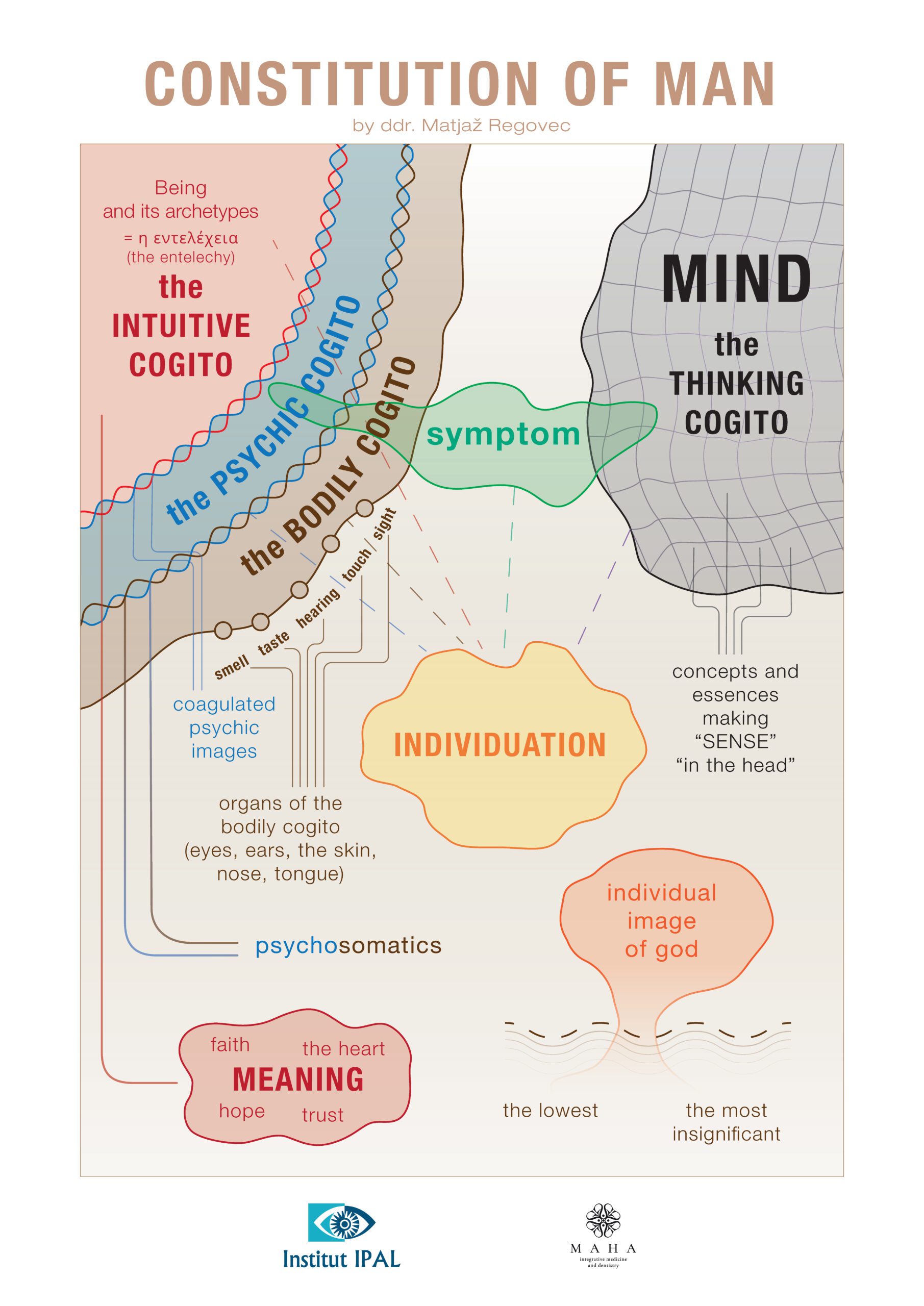
1. The Thinking Cogito (Mind): This represents our logical, analytical mind—the seat of our thoughts and reason. It helps us make sense of the world through concepts and rational understanding.
2. The Psychic Cogito (Psyche): This dimension relates to our emotional and psychological experiences, including dreams and imagination. It plays a crucial role in how we perceive reality on a subconscious level.
3. The Bodily Cogito (Body): Our sensory experiences and physical body fall under this cogito. It connects us directly to the world through our senses—sight, sound, touch, taste, and smell.
4. The Intuitive Cogito (Spirit): This is our deeper sense of being, our intuition, and spiritual awareness. It guides us through archetypal wisdom and deep-rooted instincts.
Symptoms often arise when there is a disconnection or imbalance among these four dimensions. By recognizing and addressing these imbalances, we can achieve more comprehensive healing. For example, a physical symptom might have roots in unresolved emotional or spiritual issues, just as a mental challenge might manifest physically.
Through this integrated approach, our clinic aims to bridge the gap between these aspects of the self, facilitating a healing process that acknowledges and nurtures the whole person.
Integrative Dentistry
There is no Integrative Medicine without Integrative Dentistry. The mouth with its teeth represents a part of the body that has an important influence on general health with its inflammatory conditions and metallic materials.
All therapies that target the body cannot be effective if the oral conditions burden the body. We speak from long experience. Bacterial infections lead to either gum disease or periodontitis, “dead” teeth with granulomas, or even both. Non-bacterial bone lesions secrete the inflammatory mediator CCl5, which affects the whole body. Among metals, there is amalgam containing mercury, as well as many other metal alloys used in bridges and dentures. Inflammation creates an acidic environment that accelerates the “dissolution” of metals that deposit in the body.
In integrative dentistry, thorough diagnostics are crucial. This includes a comprehensive examination of the oral cavity with a microscope, computer analysis of periodontal disease, X-rays, CBCT, CaviTAU ultrasound, Dark Field microscope analysis, analysis of inflammatory mediators and much more.
As soon as the diagnosis shows the necessary steps for a successful treatment, we start with therapeutic procedures that are strictly metal-free and biocompatible. All materials are carefully selected and are compatible with the body. In surgery, we use techniques such as PRF (Platelet-Rich Fibrin), ozone, i.v. therapies and PMP (Pulsed Magnetic Field) after procedures. These restorative and antibacterial therapies allow us to provide antibiotic-free treatments. There are significantly fewer complications and pain after the treatments. When it comes to dentures and bridges, we only practise digital dentistry, which offers excellent precision and comfort. If you suffer from anxiety, we also offer inhalation sedation with nitrous oxide to calm you before and during treatment.
Medical
Health clinic, for a long, healthy, and balanced
life
What constitutes integrative dentistry?
Periodontal Disease and the Body
Periodontal disease affects a significant percentage of the population worldwide. Yet all too often we are unaware of their impact on the whole body. Teeth are connected to the jawbone, so tooth loss due to this infectious disease is not just an aesthetic and functional problem. Periodontal disease can damage the health of the body as the inflammation spreads to other organs through bacteria and harmful substances entering the bloodstream, lymph and connective tissue – the first and second parts as described above. It can affect the heart, brain, liver and lungs and cause changes in the respiratory or digestive mucosa. In addition, periodontal disease can aggravate existing conditions such as cardiovascular disease, respiratory disease and diabetes. Older people and people who are overweight are particularly at risk.
Amalgam and other Alloys in the Mouth
Mercury or amalgam fillings contain about 50 per cent mercury, which has toxic effects on the body. Amalgam fillings can cause physical and psychological problems and affect brain function. Mercury can be absorbed into the body from the fillings, enter the blood and nerves, and accumulate in the tissues and organs, causing various problems. There are several reasons to replace amalgam fillings with biocomposite or bioceramic fillings.
“Dead” Teeth – Granulomas – Endodontics
There is no simple answer, especially when recent studies show that even radiographically “healed” granulomas still in the tooth substance contain the same bacteria as were previously present in bone lesions. If you have a systemic disease, we would suggest the removal of such teeth, thus reducing the burden on the immune system. If there is one thing the body needs when fighting disease, it is a fully functioning immune system. Our concept offers high quality temporaries that are made the same day, so you have no aesthetic or functional discomfort. On the contrary, patients are even more aesthetically satisfied with their new smile.
Biocompatible Implants – Zirconium Oxide
Biocompatible implants made of zirconium oxide are a better choice than metal implants because of the high affinity of the oral mucosa to their surface. They reduce the incidence of inflammation and provide an aesthetically natural appearance. The correct procedure, including a thorough examination, analysis and preparation of the bone and gums, is crucial to the success of dental implants. Zirconium implants offer high aesthetic results without dark gum margins and with a natural shade. Ceramic implants are an attractive alternative to metal solutions and are becoming increasingly popular due to their biocompatibility and natural appearance.
Blood Tests to determine the Impact of the Mouth on the Body
Integrative Medicine is inconceivable without Biological Dentistry. The mouth with the teeth is a part of the body that influences health with its inflammatory conditions and metallic materials. At the same time, any body therapy cannot be effective if the body is burdened by oral diseases. Infections can lead to periodontitis or periodontal disease, “dead” teeth with granulomas, and among the metals there is amalgam, which contains mercury, and most metallic alloys used in bridges and dentures. Inflammation creates an acidic environment that accelerates the “dissolution” of metals that are deposited in the body. If you have titanium implants, we would suggest a titanium stimulation test, if you have unusual inflammatory reactions, we would suggest a test to determine the balance of the immune system, and so on.
In Biological Dentistry, thorough diagnostics are crucial, including a comprehensive examination of the oral cavity.
MAHA
Slovenska cesta 54, 1000 Ljubljana, Slovenija, Europe
Tel. +386 51 248 888
email: info@maha.clinic
Mon, Tue, Wed: 8:00 – 15:00
Thu: 12:30 – 20:00
Fri: 8:00 – 13:30
© Copyright 2024 – Maha / made by visualbraingravity
izdelek
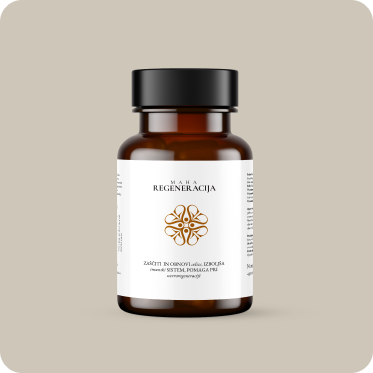



Omni Em farment
Lorem ipsum dolor sit amet, consectetur adipiscing elit. Donec vehicula nunc consequat metus iaculis, non vulputate eros suscipit. Phasellus commodo ac urna ut dapibus. Phasellus ac venenatis augue. Cras eu venenatis ex.
celostna obravnava telesa, uma in duha.
Integrativno zdravljenje, kjer združujemo najnovejše medicinske pristope z naravnimi terapijami.
Lorem ipsum dolor sit amet, consectetur adipiscing elit. Donec vehicula nunc consequat metus iaculis, non vulputate eros suscipit. Phasellus commodo ac urna ut dapibus. Phasellus ac venenatis augue. Cras eu venenatis ex. Vivamus sed neque lorem.
Nam ex enim, scelerisque eu euismod in, volutpat a neque. Vestibulum tristique pellentesque sem, ac dapibus mauris luctus in. Donec sodales pharetra nunc vitae efficitur. Ut ac aliquam ligula. Interdum et malesuada fames ac ante ipsum primis in faucibus. Nulla lorem libero, mollis nec viverra nec, dictum sit amet purus. Phasellus eros odio, vulputate rutrum sodales vel, vestibulum vel turpis. Nam id venenatis metus. Duis urna turpis, finibus non tincidunt nec, lacinia quis ex. Morbi posuere tristique magna in feugiat. In et diam ut leo aliquam finibus. Aenean ac urna et neque molestie suscipit et sit amet lacus. Donec egestas quam non interdum faucibus.
Nam ex enim, scelerisque eu euismod in, volutpat a neque. Vestibulum tristique pellentesque sem, ac dapibus mauris luctus in. Donec sodales pharetra nunc vitae efficitur. Ut ac aliquam ligula. Interdum et malesuada fames ac ante ipsum primis in faucibus. Nulla lorem libero, mollis nec viverra nec, dictum sit amet purus. Phasellus eros odio, vulputate rutrum sodales vel, vestibulum vel turpis. Nam id venenatis metus. Duis urna turpis, finibus non tincidunt nec, lacinia quis ex. Morbi posuere tristique magna in feugiat. In et diam ut leo aliquam finibus. Aenean ac urna et neque molestie suscipit et sit amet lacus. Donec egestas quam non interdum faucibus.
Medical
Health clinic, for a long, healthy, and balanced
life
Lorem ipsum dolor sit amet, consectetur adipiscing elit. Donec vehicula nunc consequat metus iaculis, non vulputate eros suscipit. Phasellus commodo ac urna ut dapibus.
Maha Klinika
Slovenska cesta 54, 1000 Ljubljana, Slovenija
Tel. +386 51 248 888
info@maha.si
Ponedeljek: 8:00 – 15:00
Torek: 8:00 – 15:00
Sreda: 8:00 – 15:00
Četrtek: 12:30 – 20:00
Petek: 8:00 – 13:30
maha
Maha is a clinic for modern integrative medicine and dentistry
Modern diagnostics and therapies
Individual approach to your health

Prolonging your health or returning you to a more normal life.
If you already have a serious diagnosis and you are in the diseasespan too deep.
If one were to represent human life in a straight line, the first point would signify birth, and the endpoint would be death. In medicine, this is called the lifespan. The lifespan is mathematically made up of health span + disease span, and we surely all agree that everyone wants to be on the health span side for as long as possible.
But all too often, people plunge into the diseasespan too soon, or at least unexpectedly. Of course, it depends very much on the type of disease(s) one has to assess one’s options in the treatment modalities that integrative medicine and dentistry have to offer. The modern diagnostics and therapies at Maha Integrative Medicine and Dentistry will help you either maintain your healthspan, restore it if you have passed it, or improve your well-being if you have fallen too far into the diseasespan. It would be correct to say that each individual therapist develops their own approach and we dare say their own integrative medicine.
- prolonging your healthspan
- modern diagnostics
- improve your wellbeing

Our vision is that you will be able to maintain and increase your inner strength and energy.
We will restore balance on the physical, energetic, mental, spiritual, and relational levels of your life. We will teach you how to connect with your inner resources.After all, an important function of the symptom is to bring your mind back into your "body", from where healing begins.
What is integrative medicine?
Integrative medicine and dentistry are simply new pages in medicine. In our opinion, they could be called the new era of medicine. It is the integration of many healing methods, including Western medicine, into an effective or functional approach that provides truly individualized diagnostics and treatments.
A Modern Approach to Health: Integrative medicine and dentistry consider all aspects of a person’s health, from the obvious physical, psychological, and mental components to the less obvious intuitive and spiritual well-being. This approach can lead to a more comprehensive understanding of a patient’s health and contribute to effective treatment plans.
Focus on Prevention and Wellness: Integrative medicine and dentistry place a strong emphasis on prevention and health promotion. This includes lifestyle changes, nutritional counseling, stress management techniques, yoga and meditation classes, and much more.
Personalized Treatment Plans: Integrative medicine and dentistry emphasize individualized treatment. It takes into account the unique needs, preferences, and circumstances of each individual. This tailored approach can lead to more effective and efficient treatment outcomes.
Support in Chronic Diseases: Integrative Medicine can be particularly effective in treating chronic conditions. It offers a range of therapies that complement conventional treatments and give patients a wider range of options to manage their health problems.
Six stages of disease development
The development of general integrative medicine has its roots far back in history.
It is a fact that modern Western or pharmaceutical medicine has emerged from the roots of ancient medical systems. Not to delve too deeply into history, we would say that Dr. Reckeweg is the one who, in the 1940s, combined Eastern and Western medicine and created a beautiful map of disease development. So it’s not just about the symptoms; it’s about the development of a condition in the human body that, if not treated, will lead to a certain disease. There are six stages of disease development, the last one being the different types of cancer. So before we continue with the explanation of the six stages, we would like to emphasize that, for your better understanding, always think of the health span, the disease span, and where you might be.
It will be crucial for our team to determine the exact position on the lifespan line and plan your therapeutic course accordingly. We are aware that this may sound simple or even too ezotheric, but rest assured that the concept is scientifically sound and even correlates very well with modern thinking.
Medical
Health clinic, for a long, healthy, and balanced
life
Integrative Dentistry
Integrative medicine without biological dentistry does not exist. The mouth, with its teeth, is a part of the body that, with its inflammatory conditions and metallic materials, significantly influences overall health.

All therapies that target the body cannot be effective if oral conditions burden the body. Infections can lead to periodontitis, gum disease, and “dead” teeth with granulomas. Non-infectious conditions called FDOJ increase inflammatory mediators, and among materials, metals must be replaced with non-metallic materials. Rigor is of utmost importance in integrative dentistry.
How and why disease progression occurs in certain individuals is the focus of Maha Integrative Medicine and Dentistry
MAHA
Slovenska cesta 54, 1000 Ljubljana, Slovenija, Europe
Tel. +386 51 248 888
email: info@maha.clinic
Mon, Tue, Wed: 8:00 – 15:00
Thu: 12:30 – 20:00
Fri: 8:00 – 13:30
© Copyright 2024 – Maha / made by visualbraingravity
